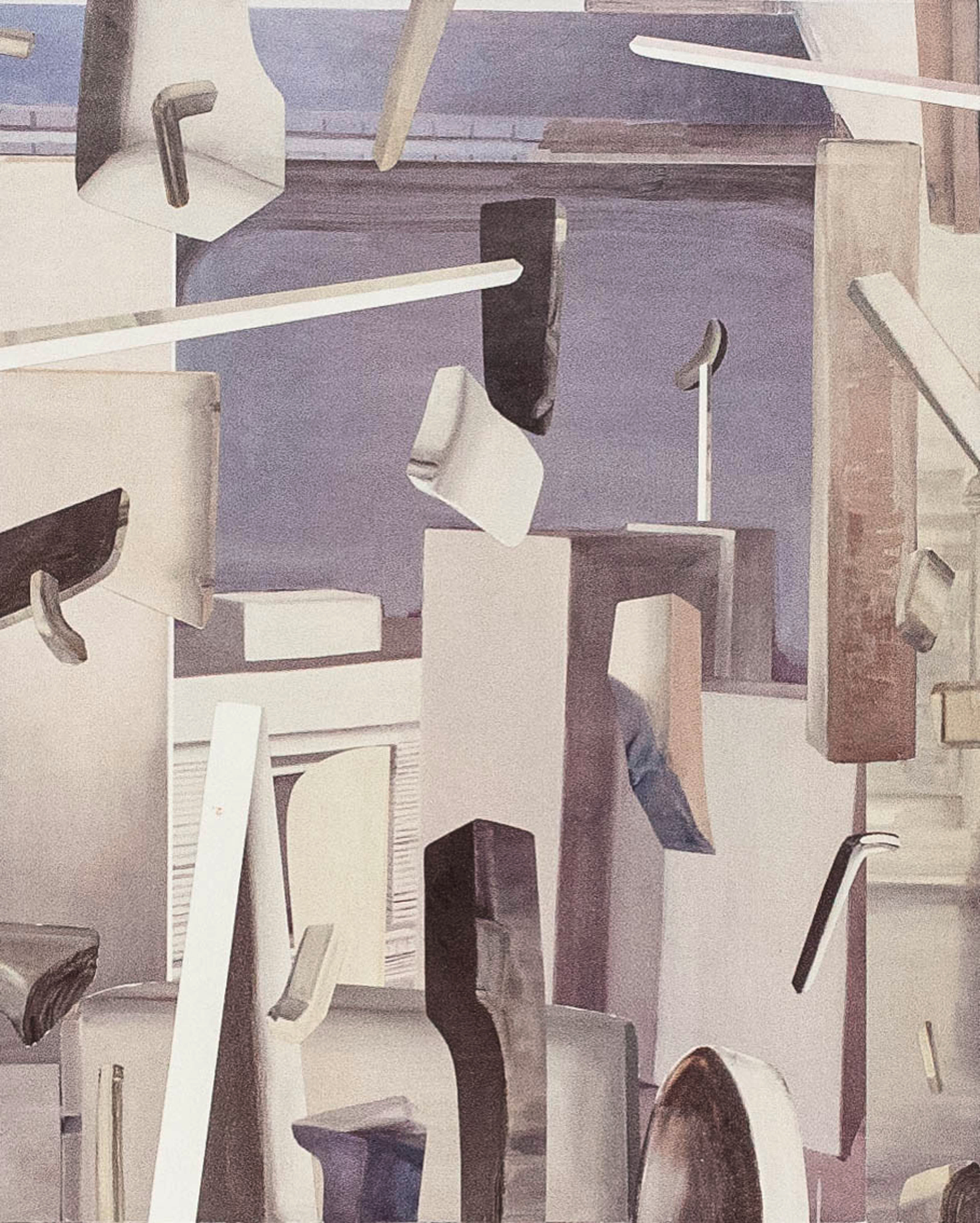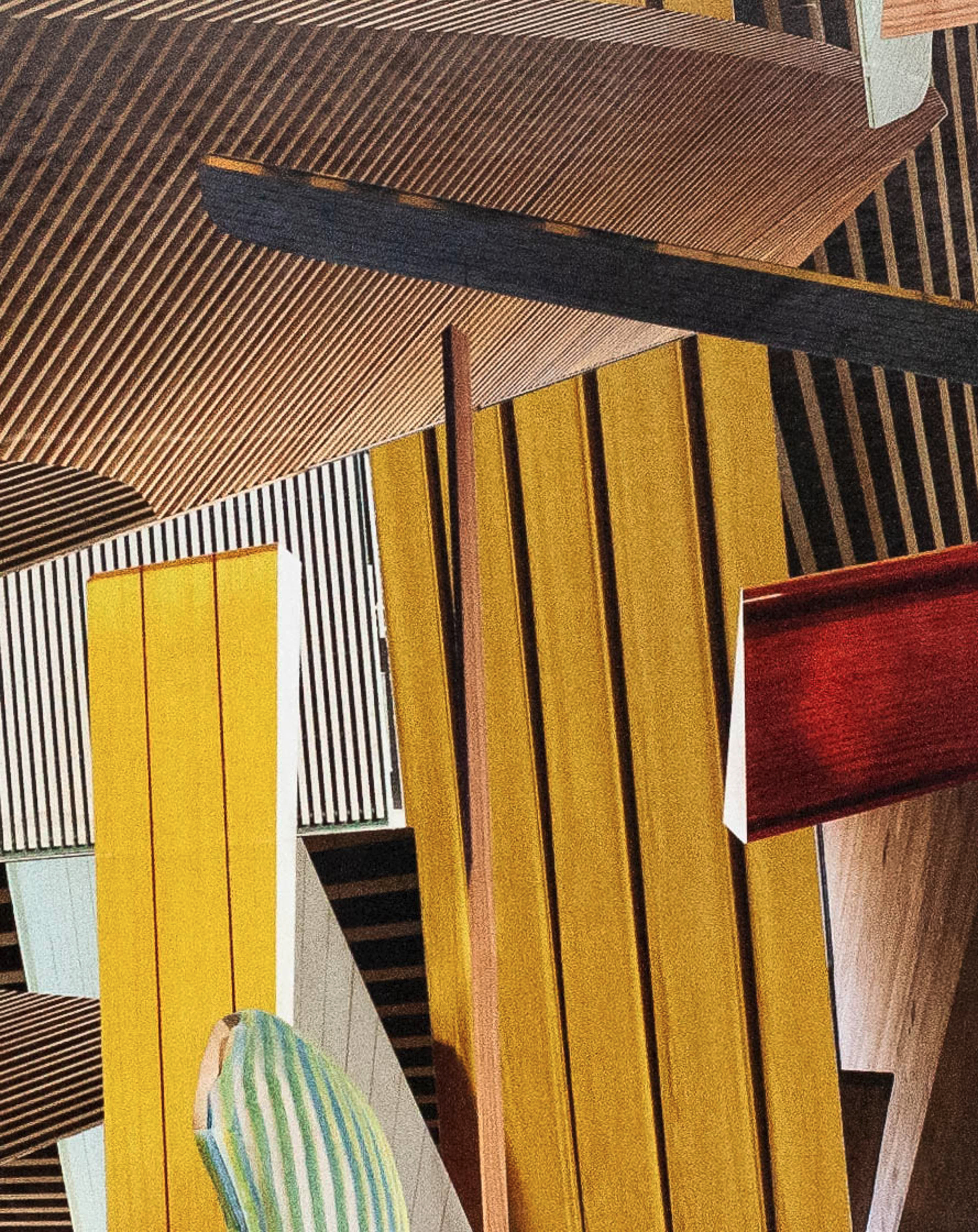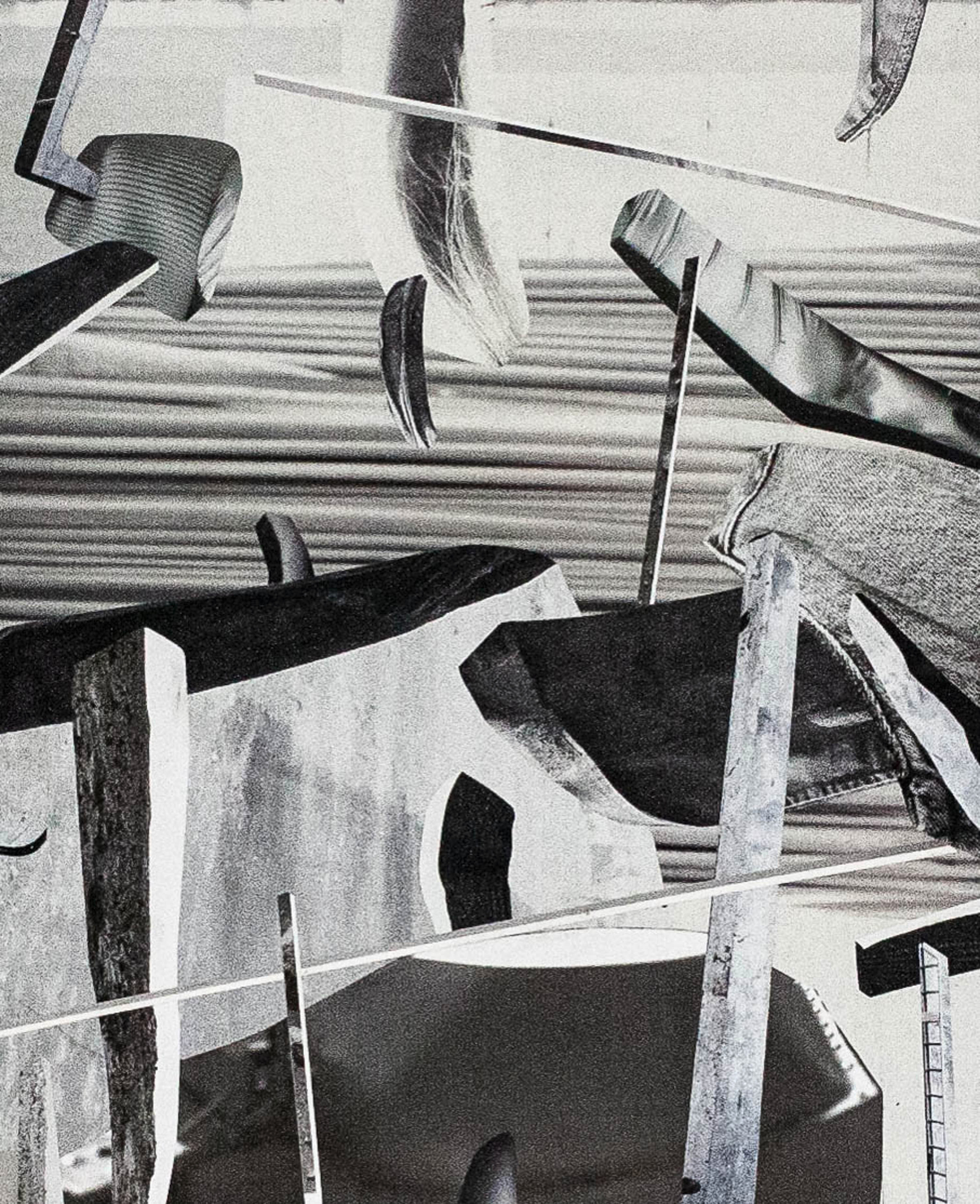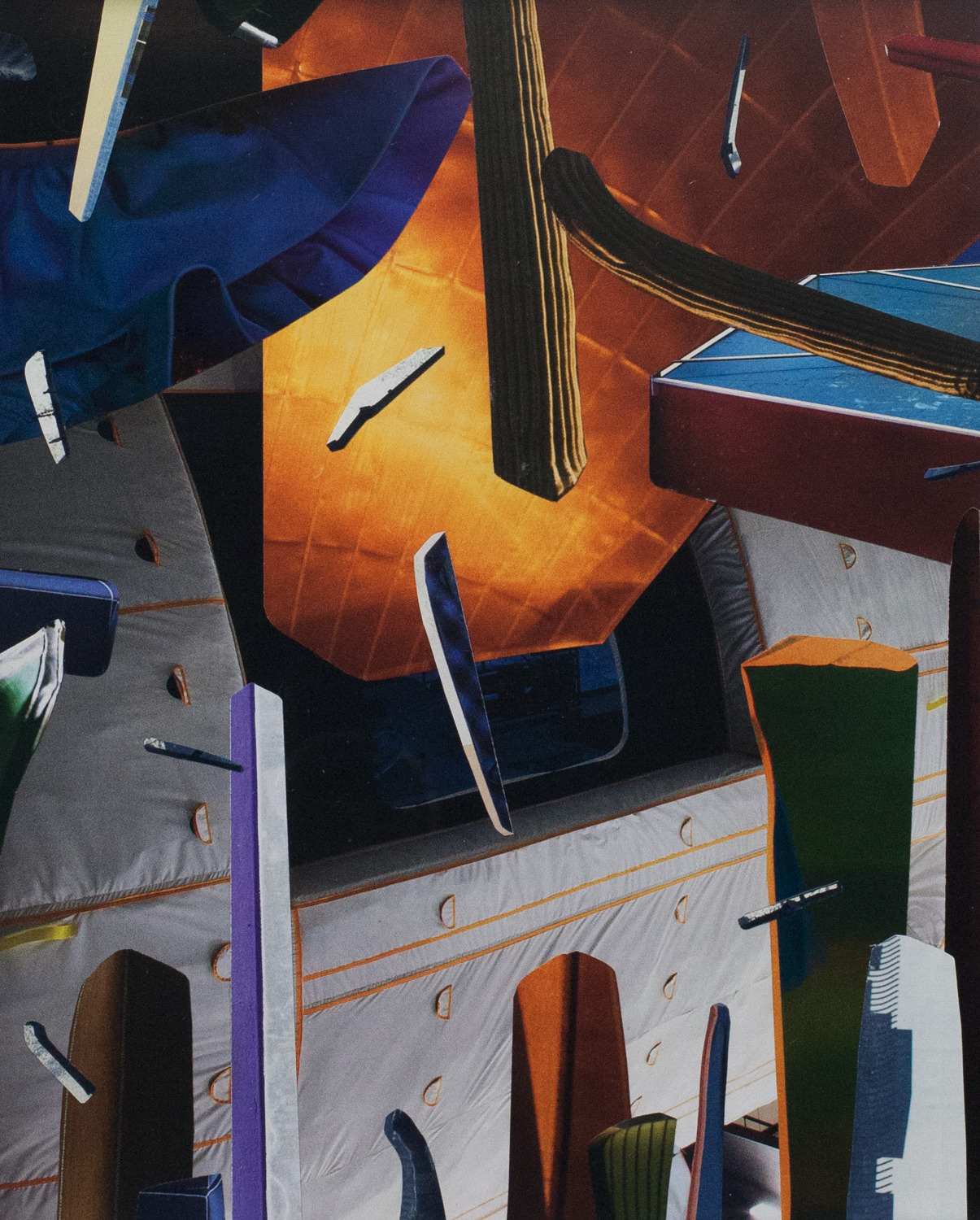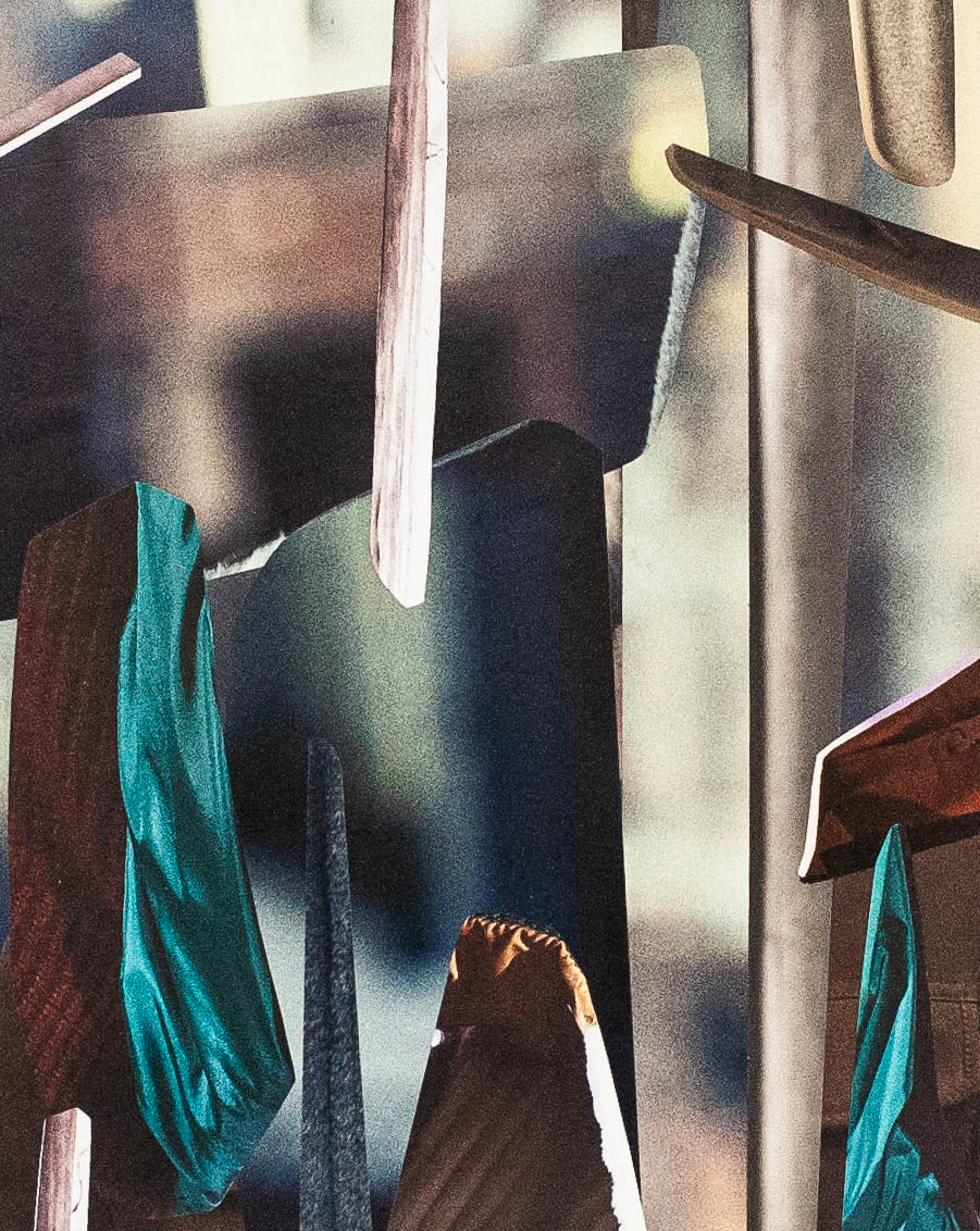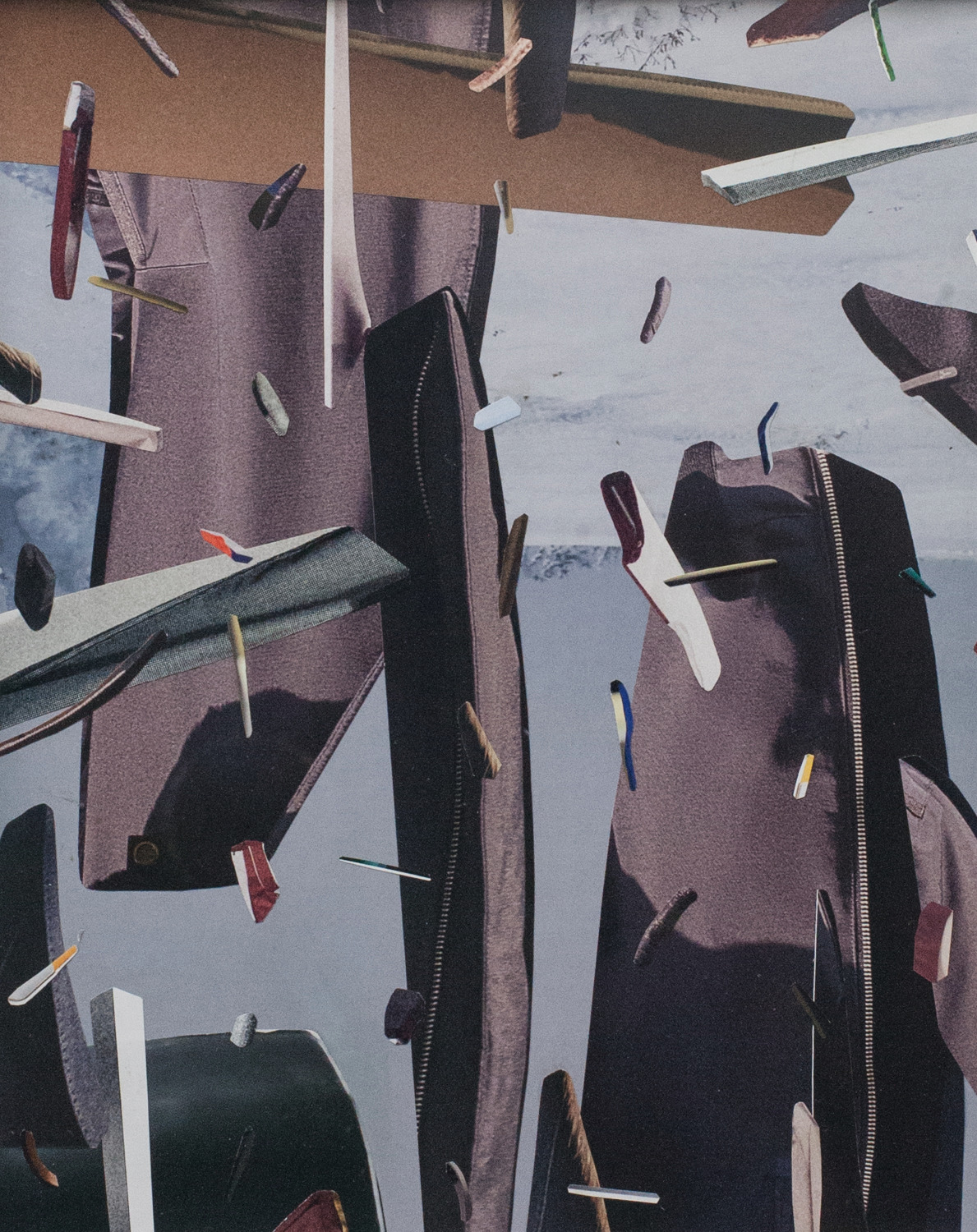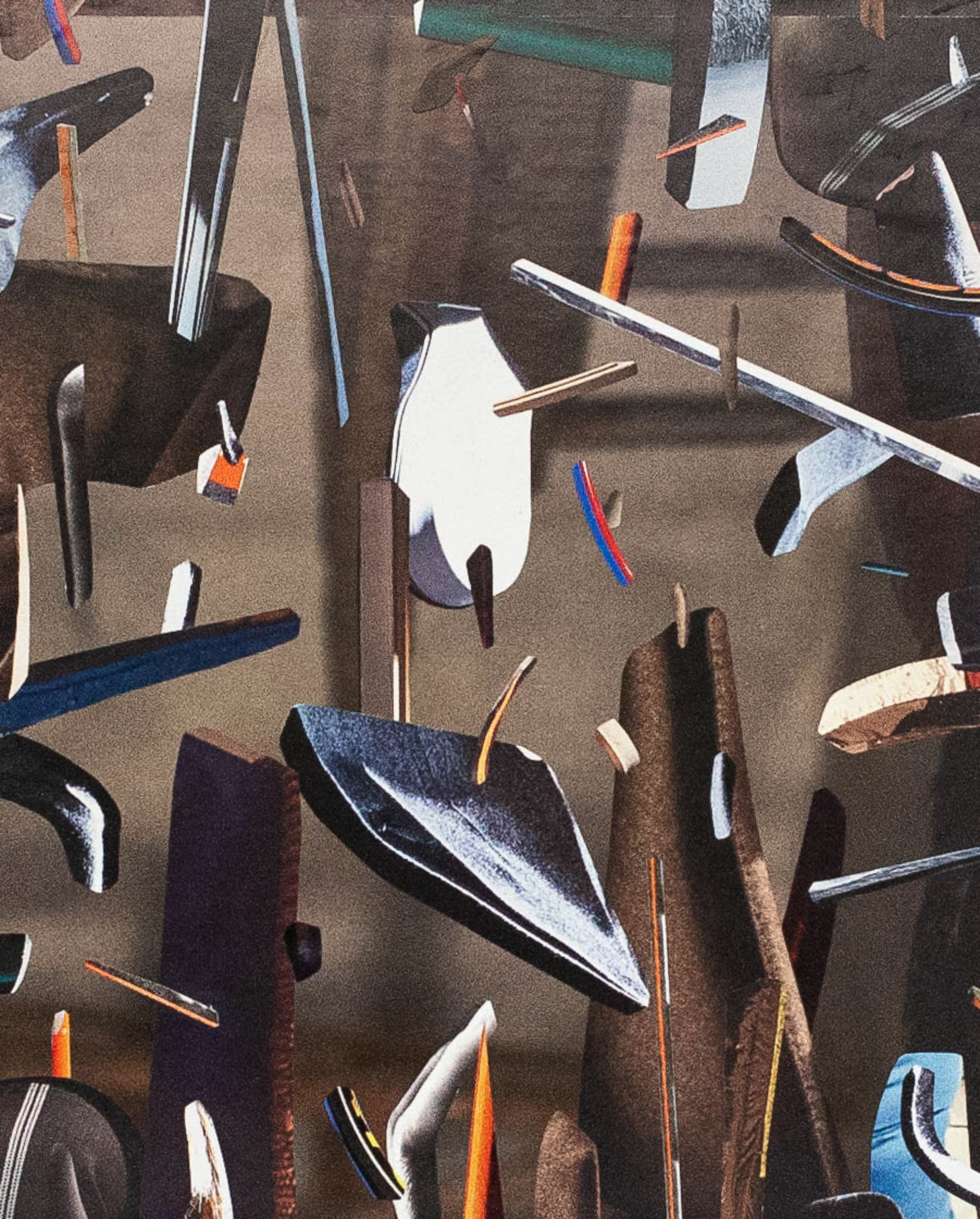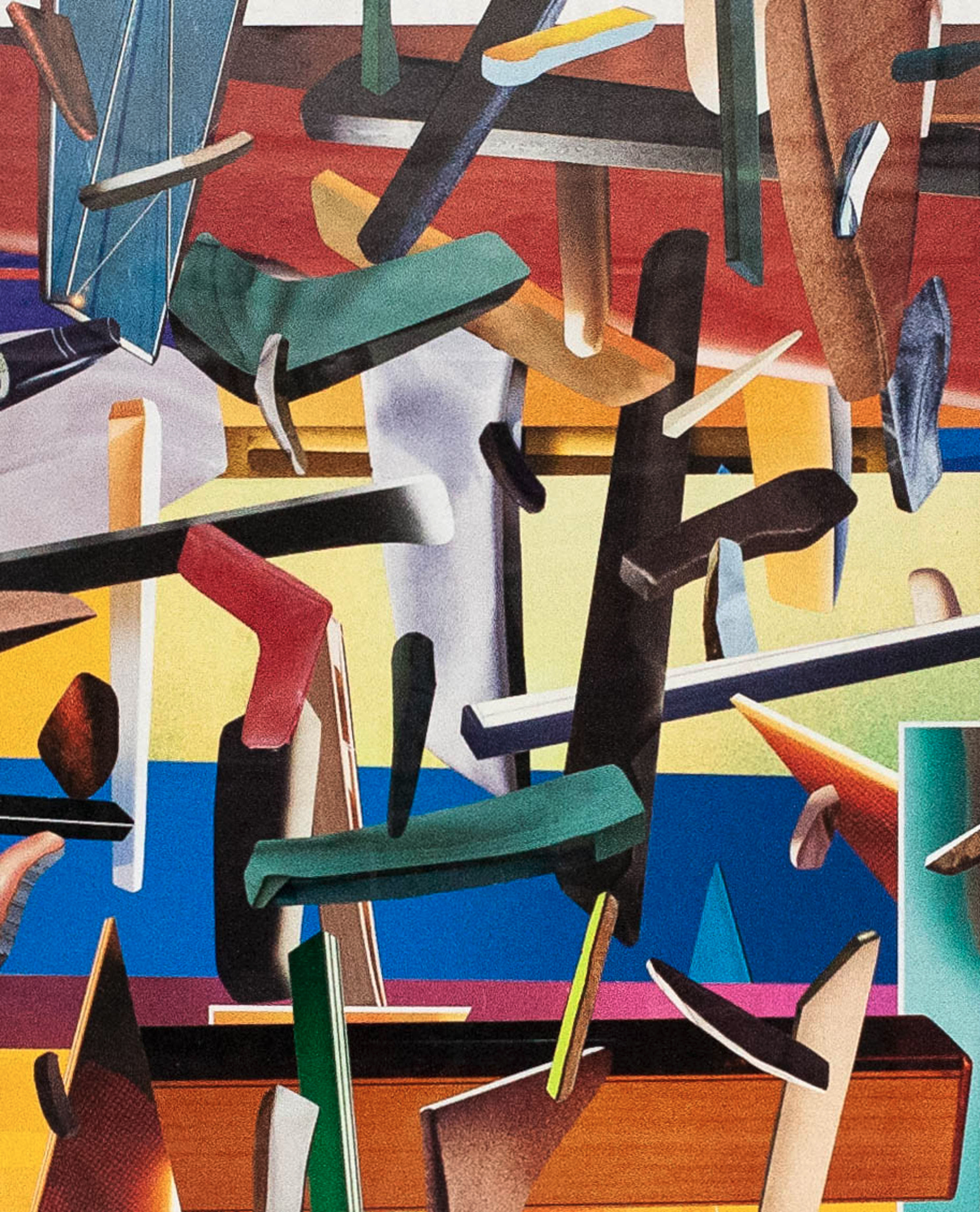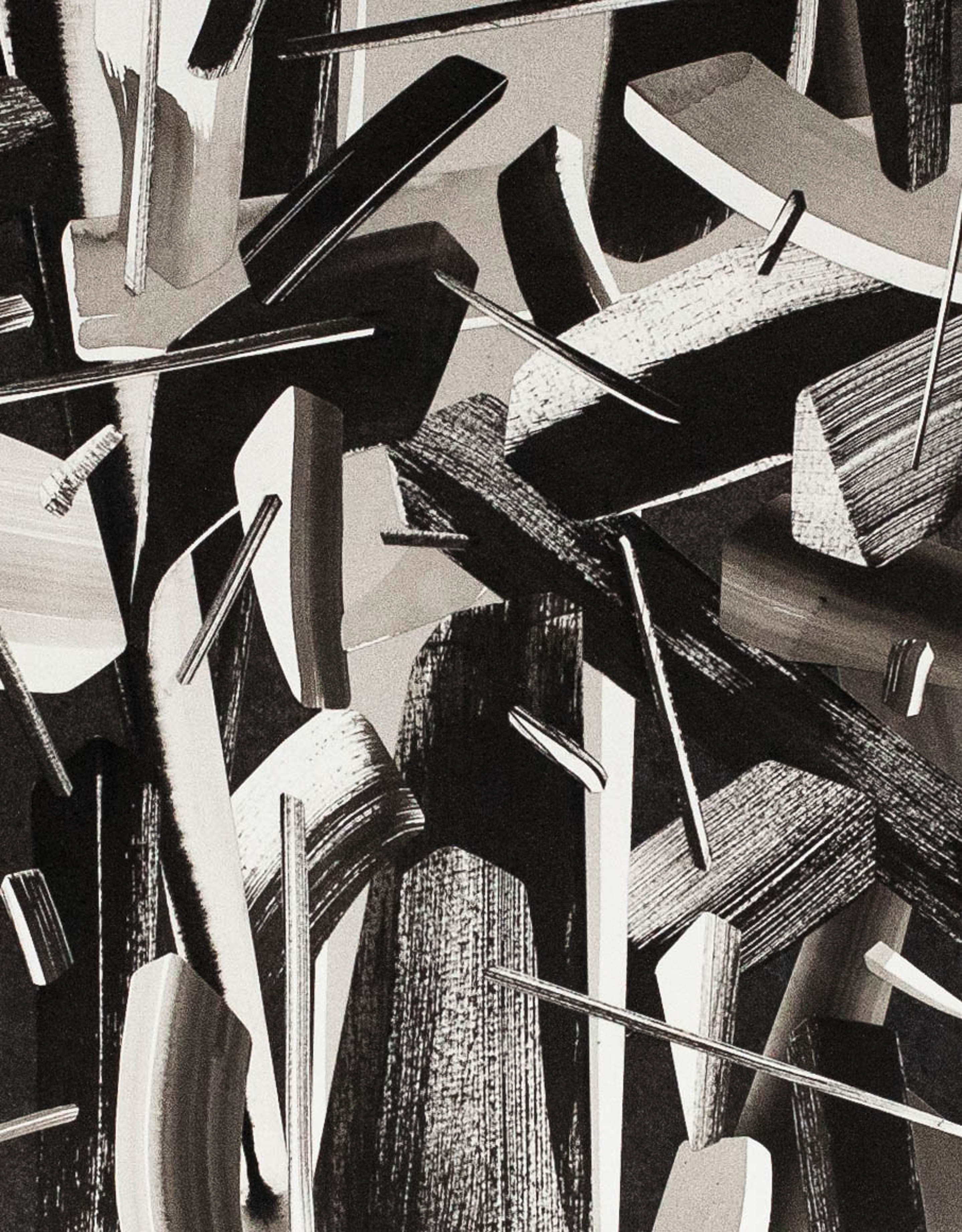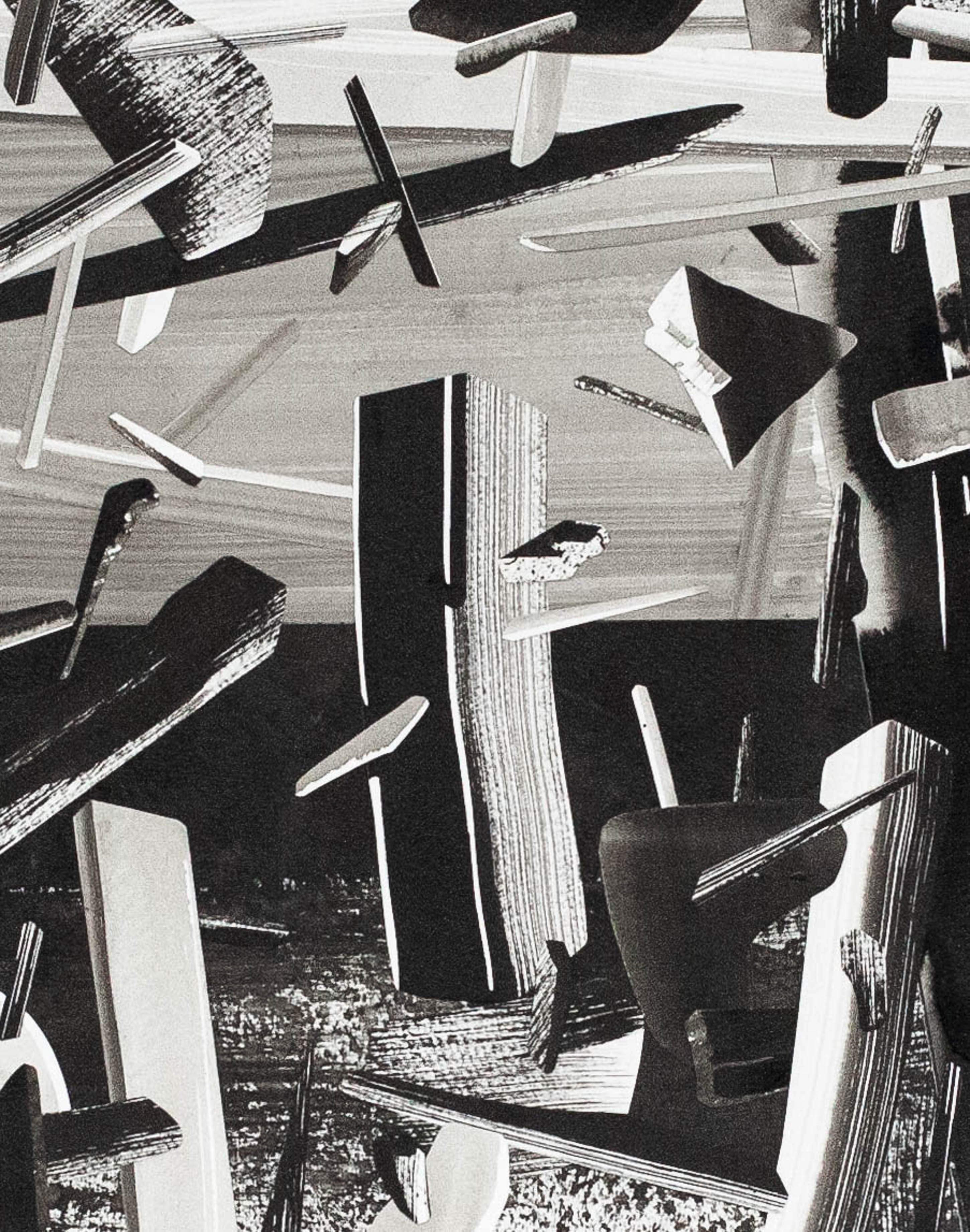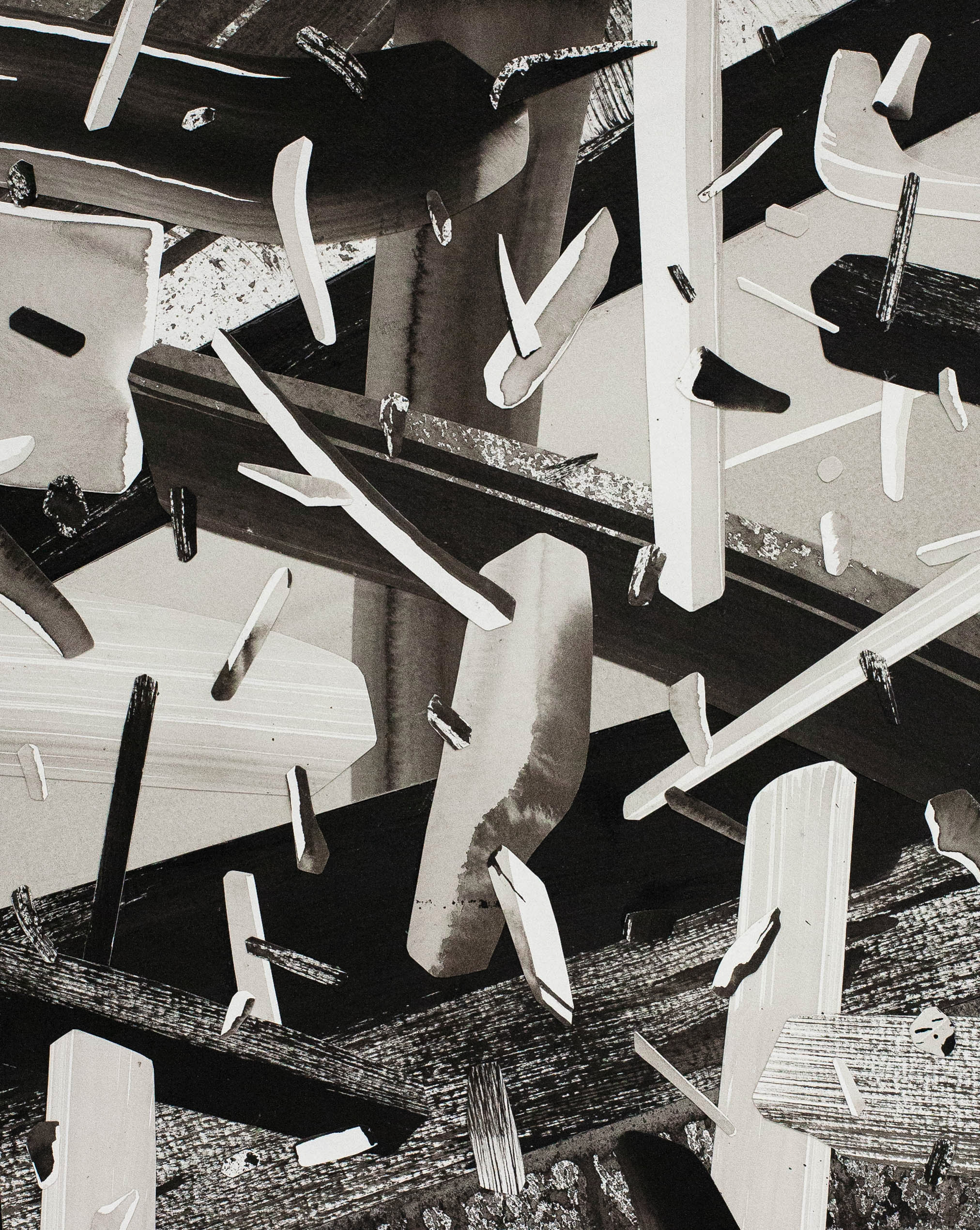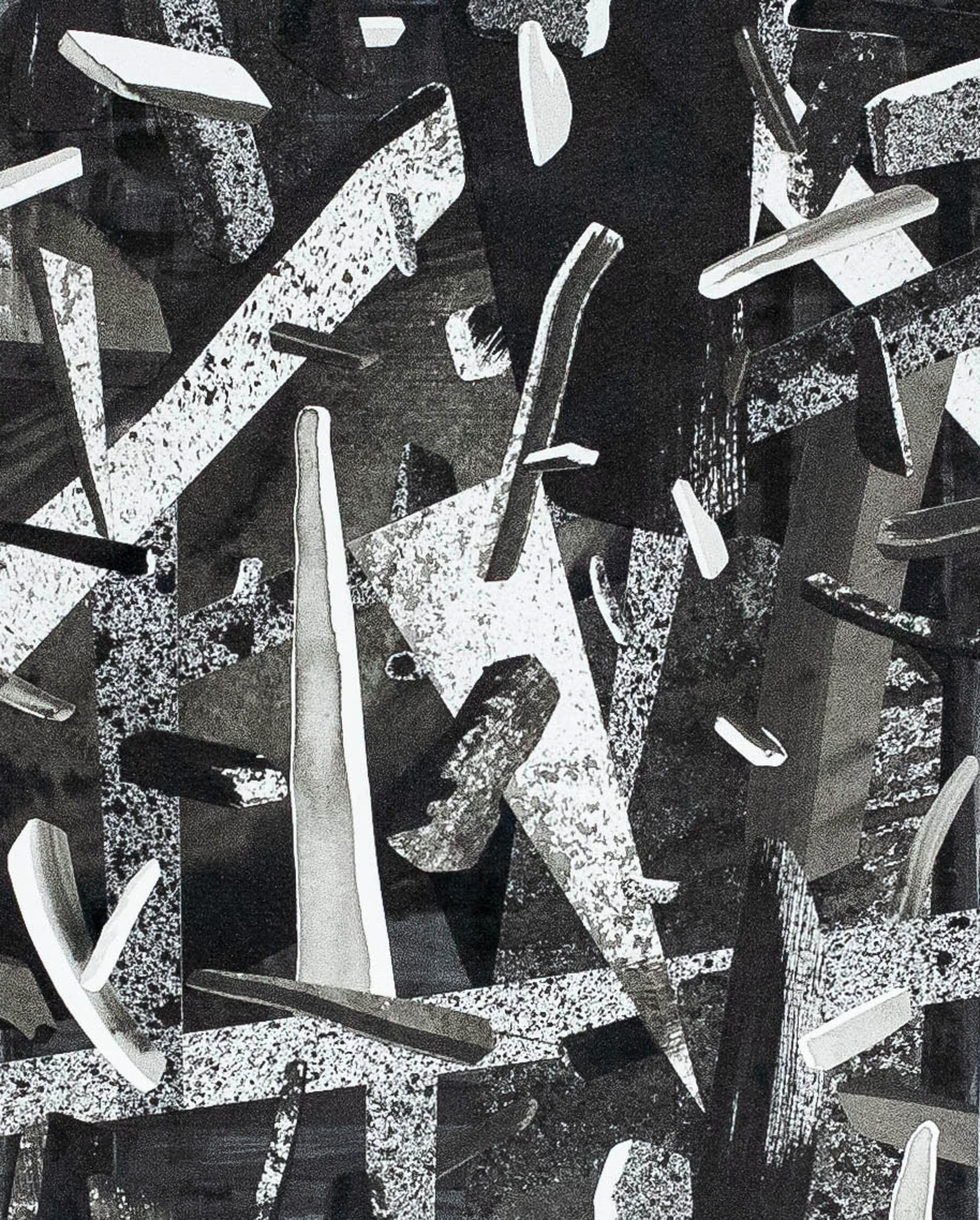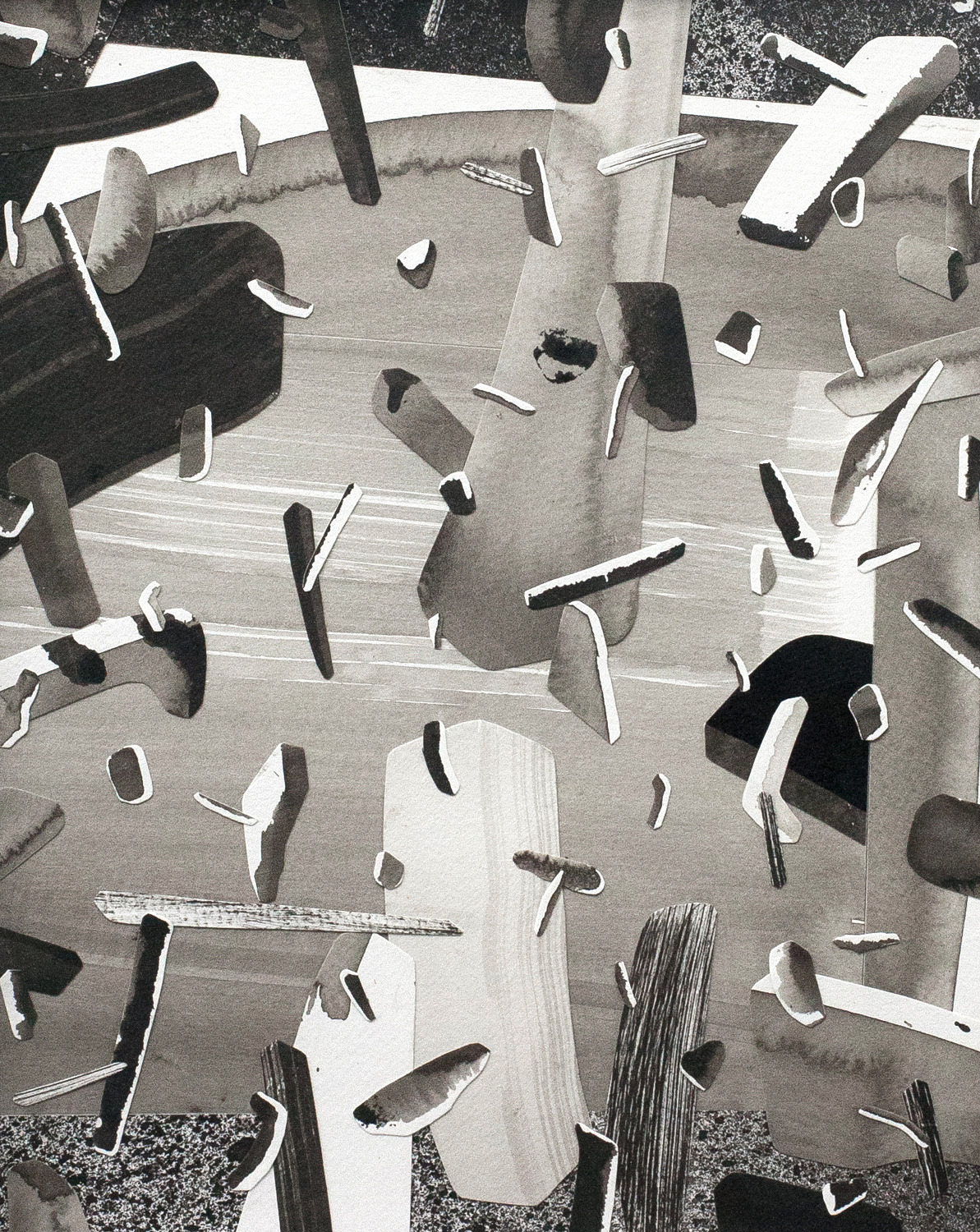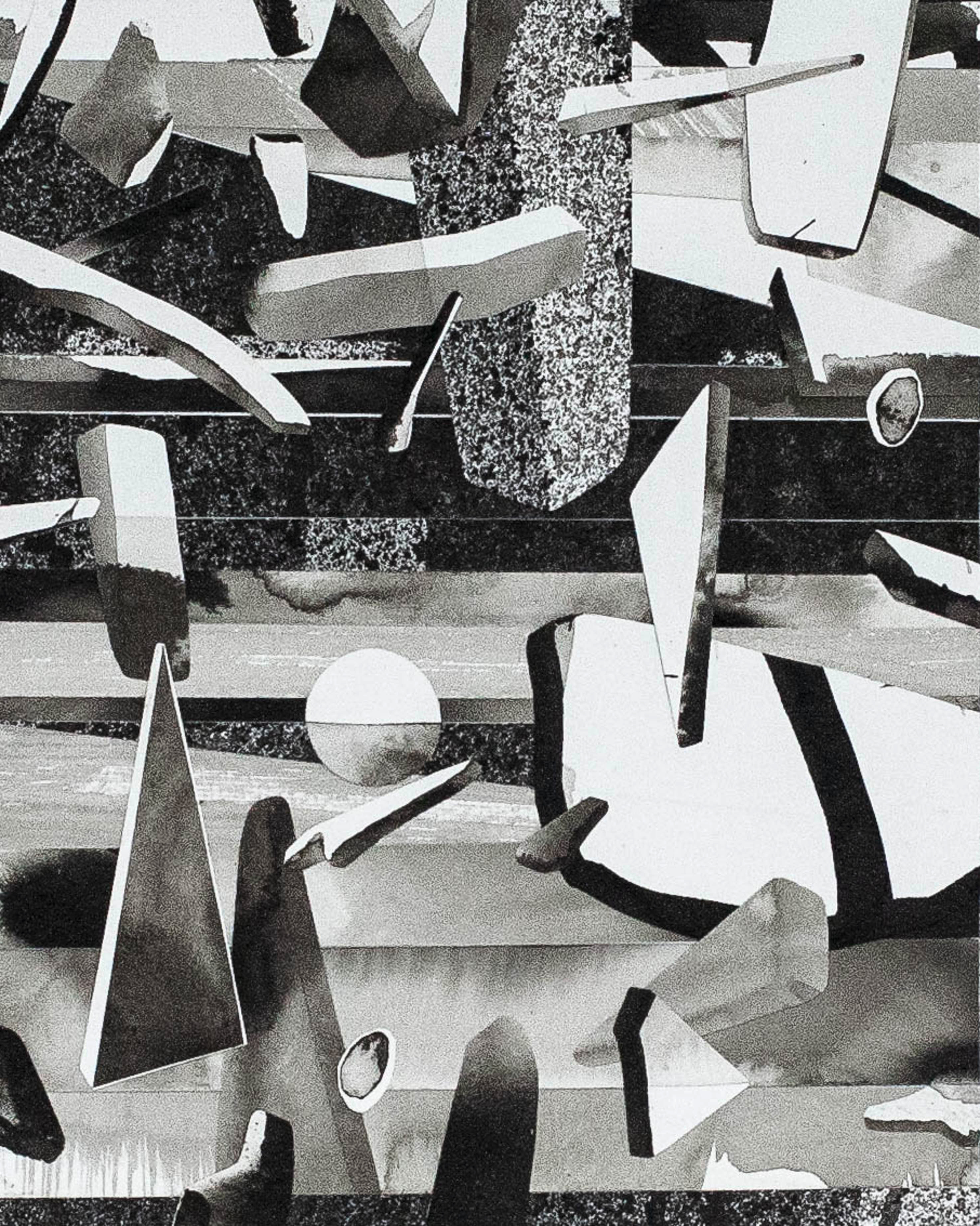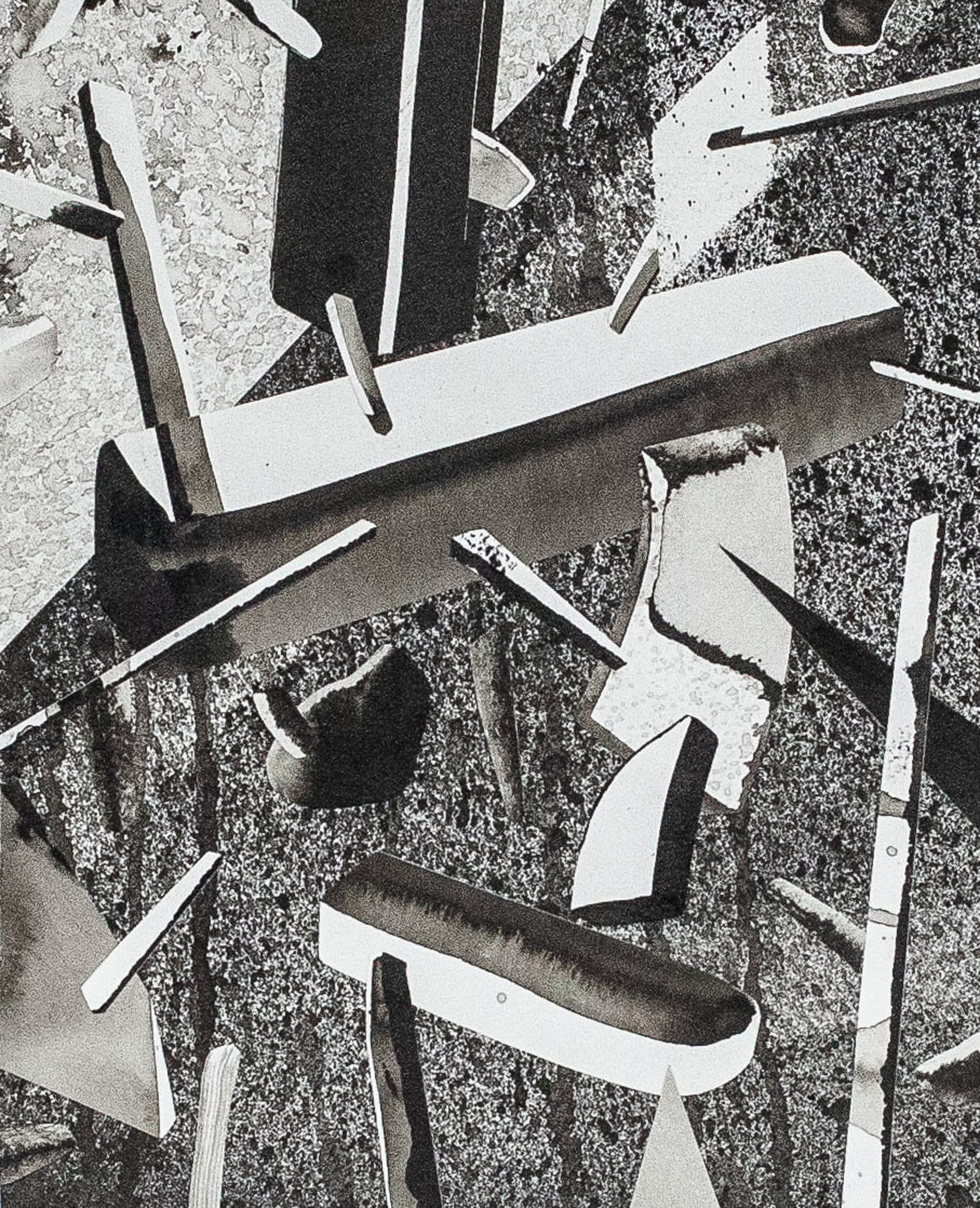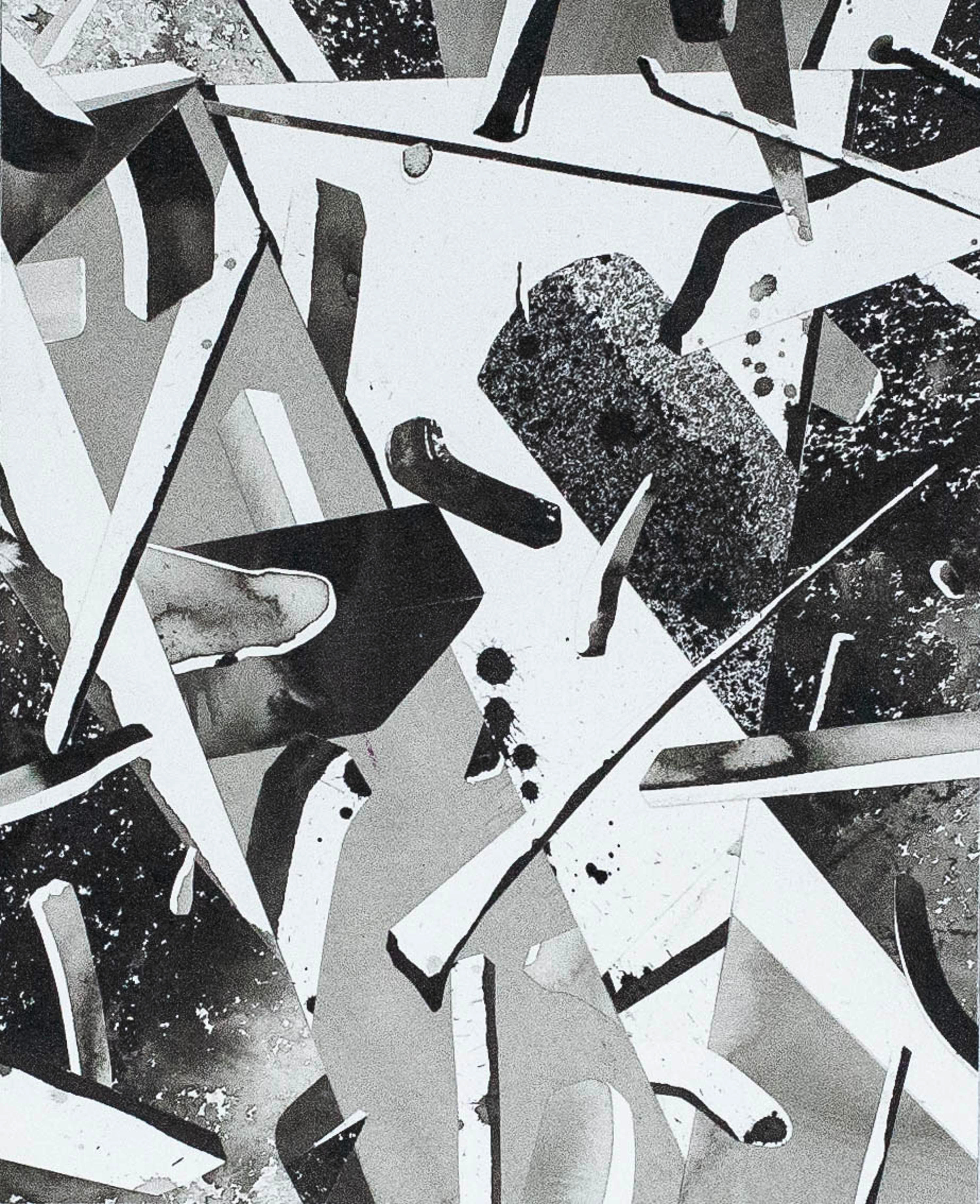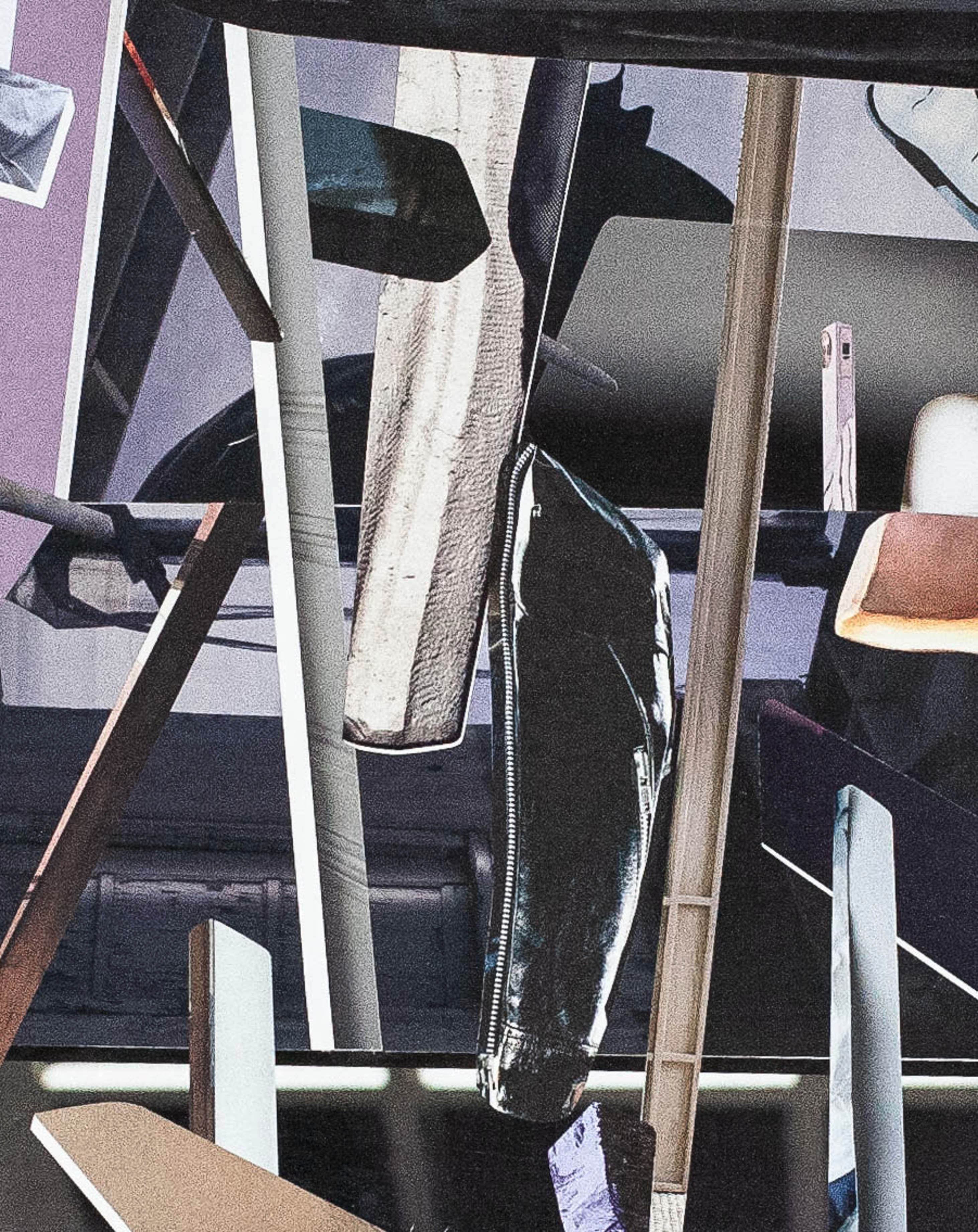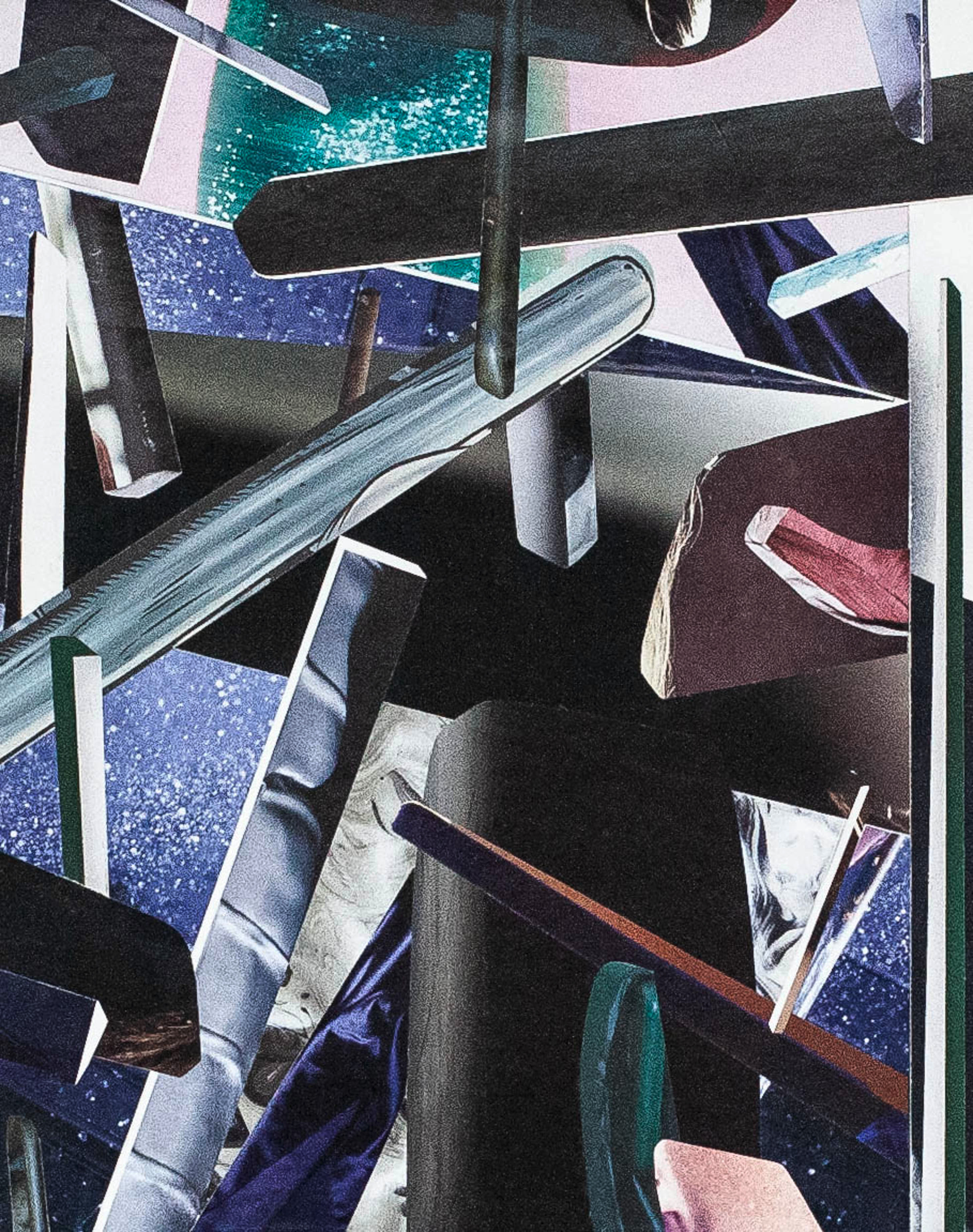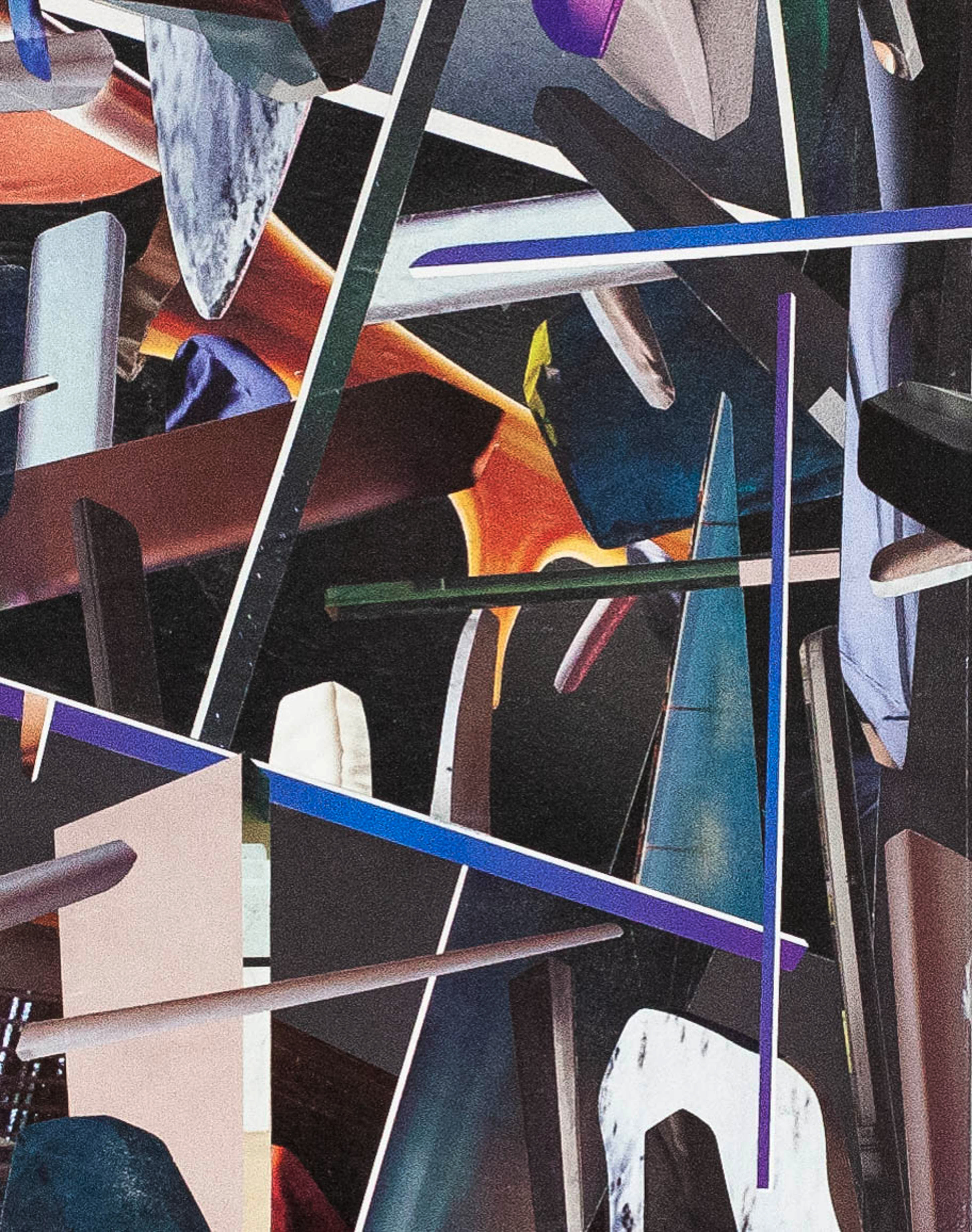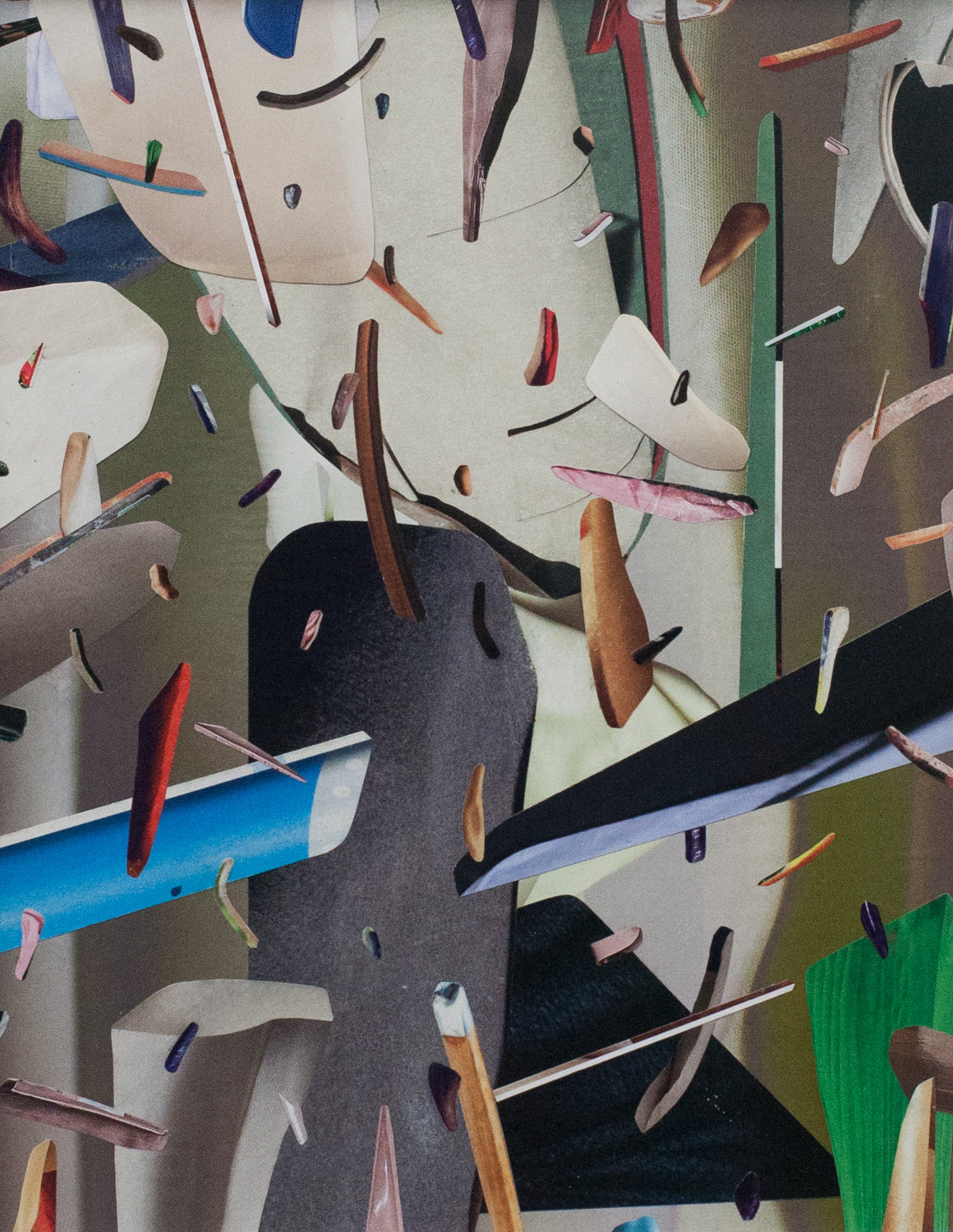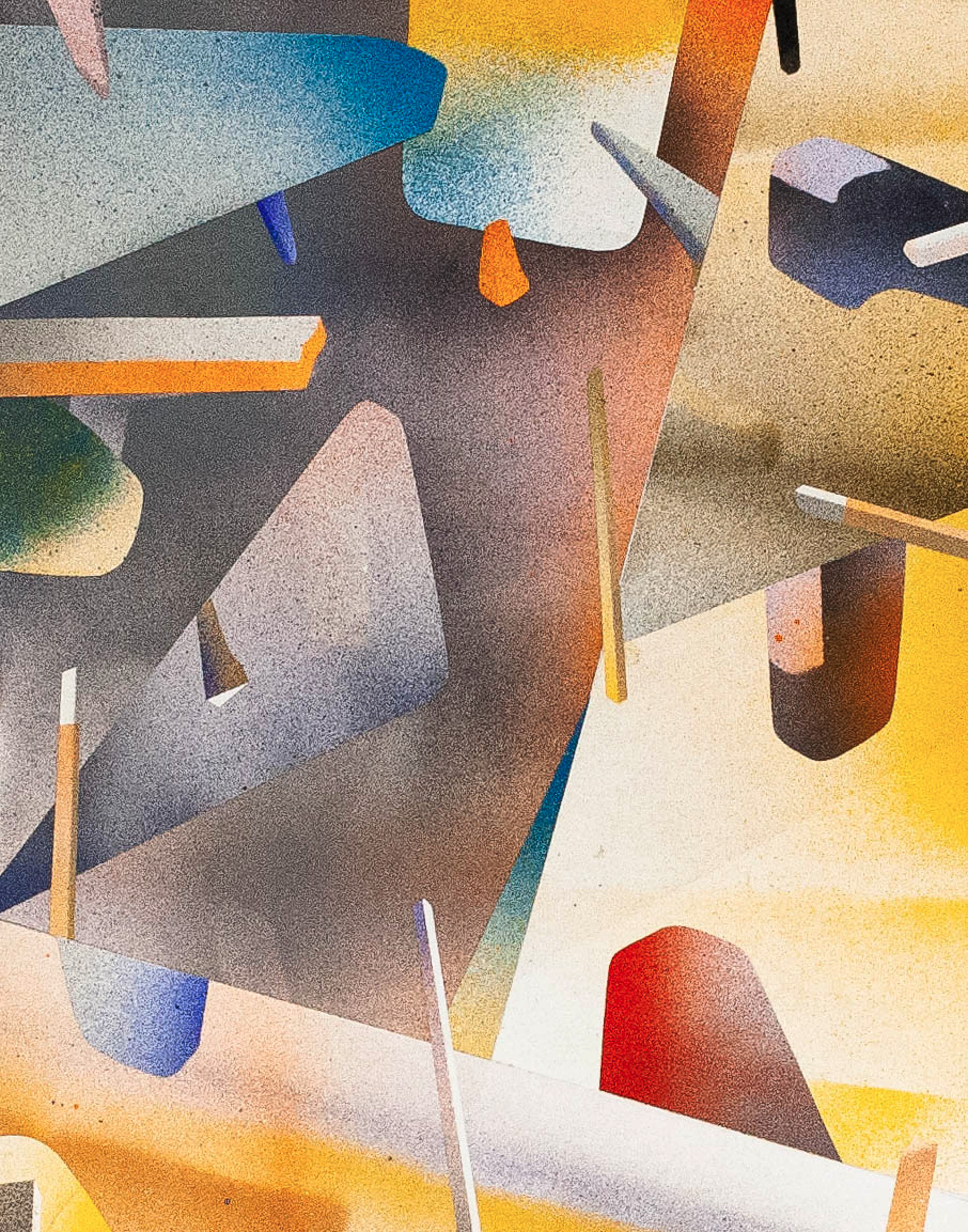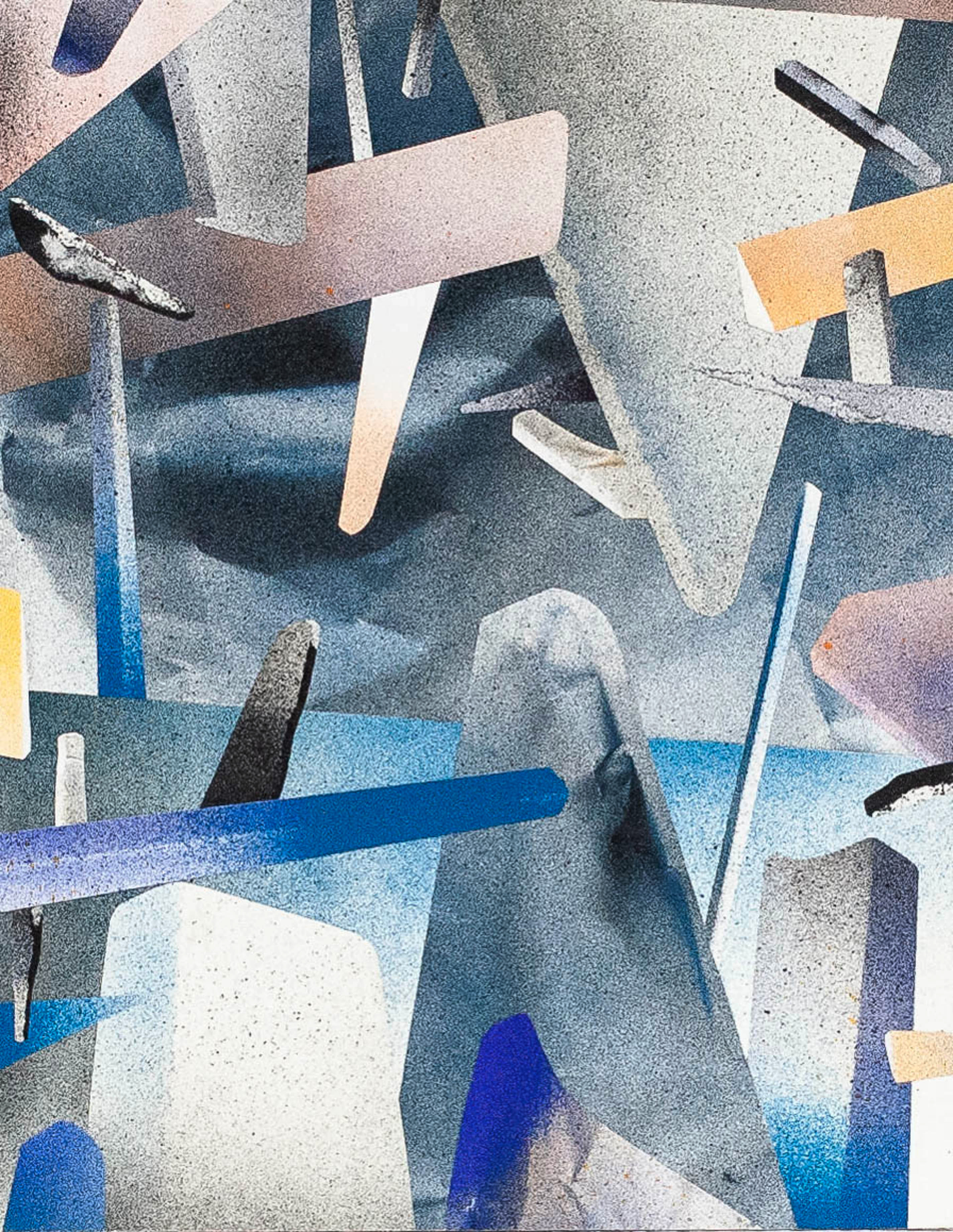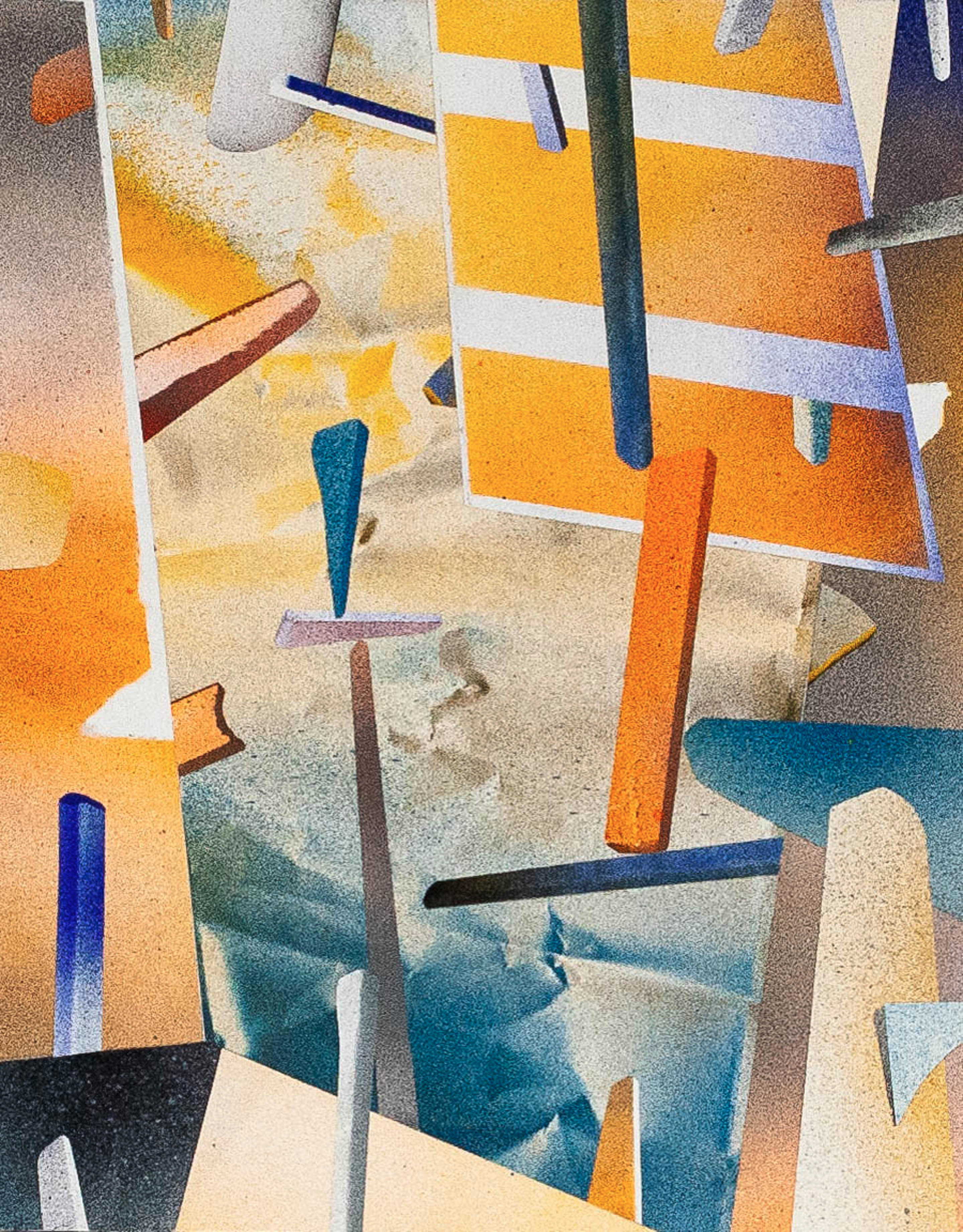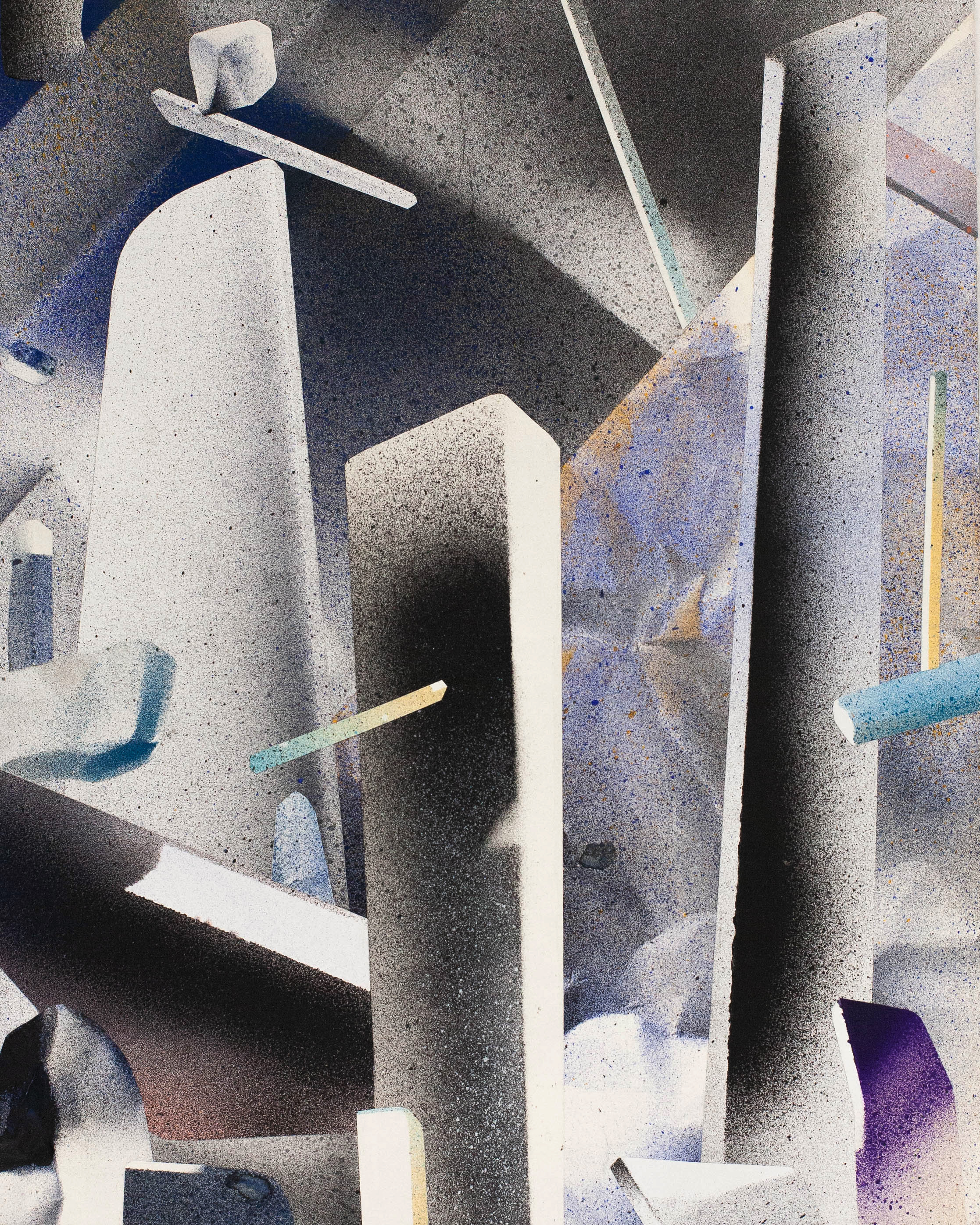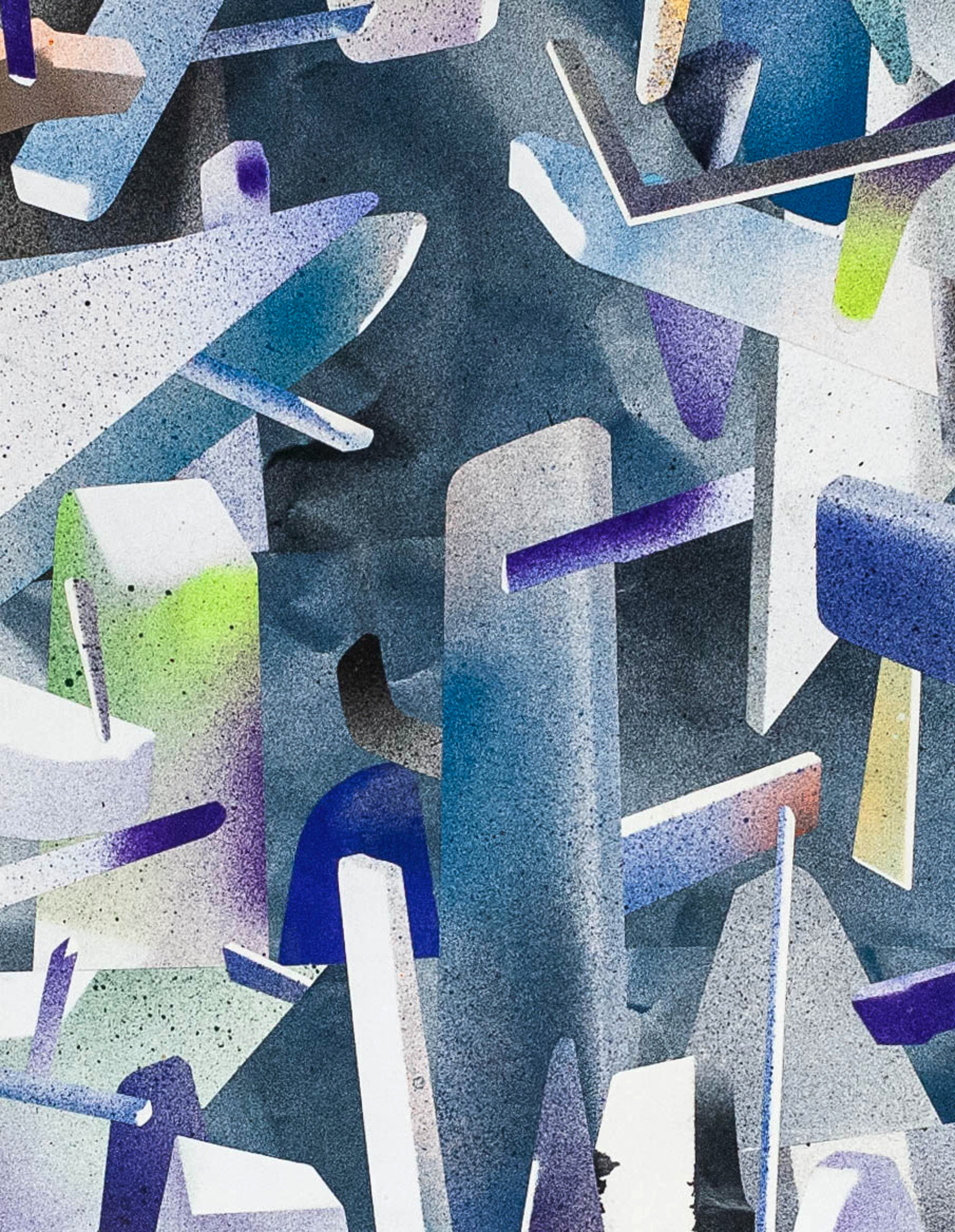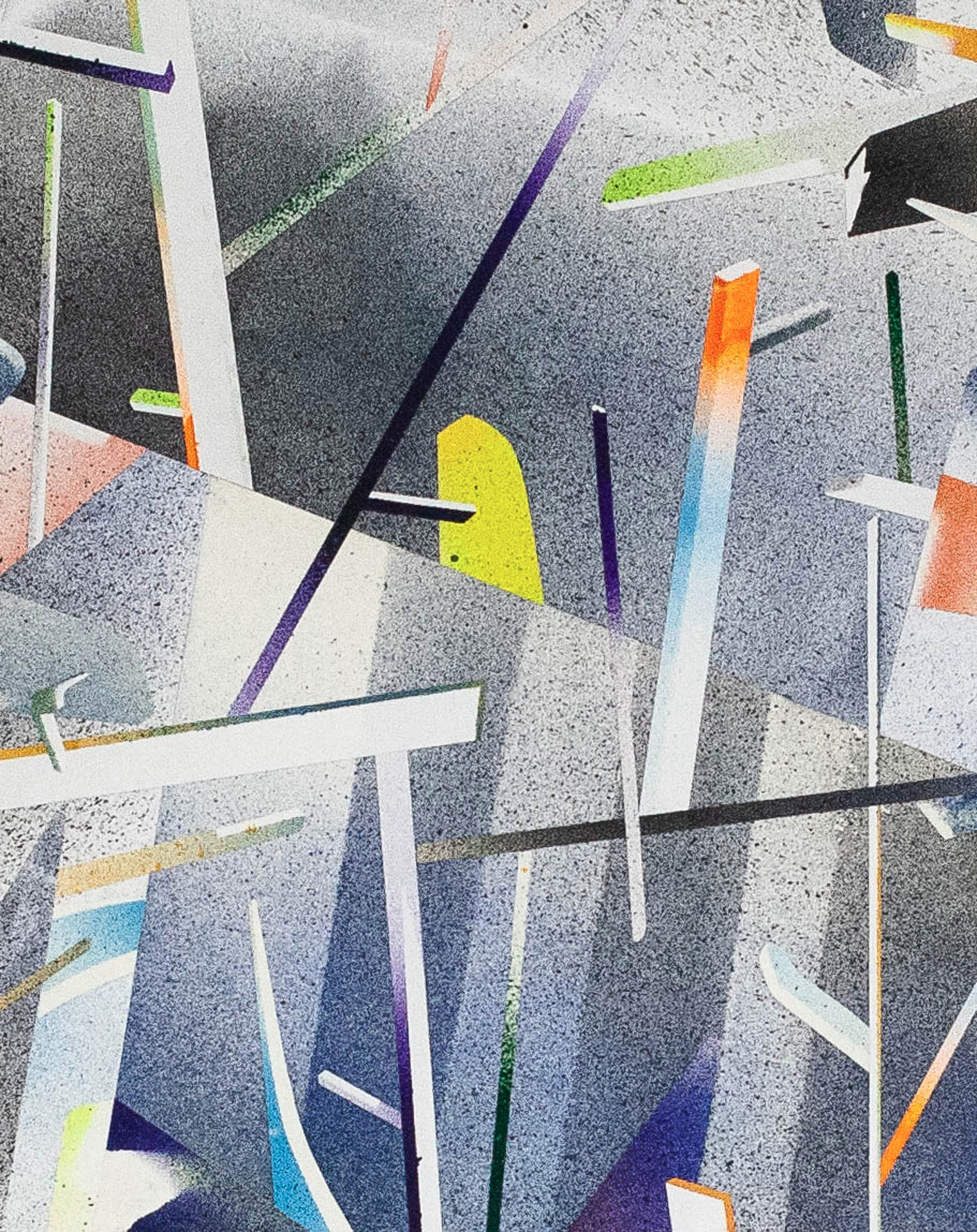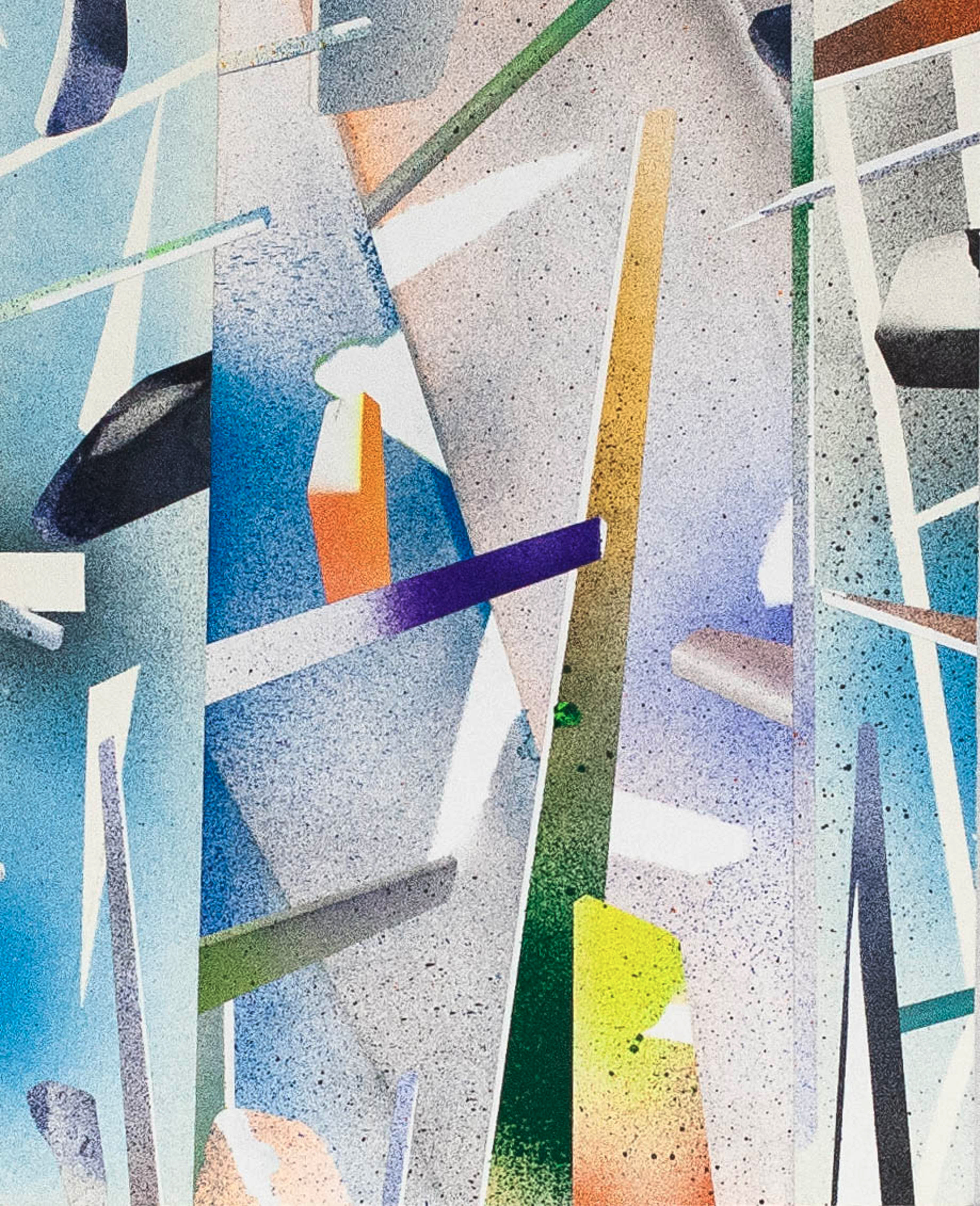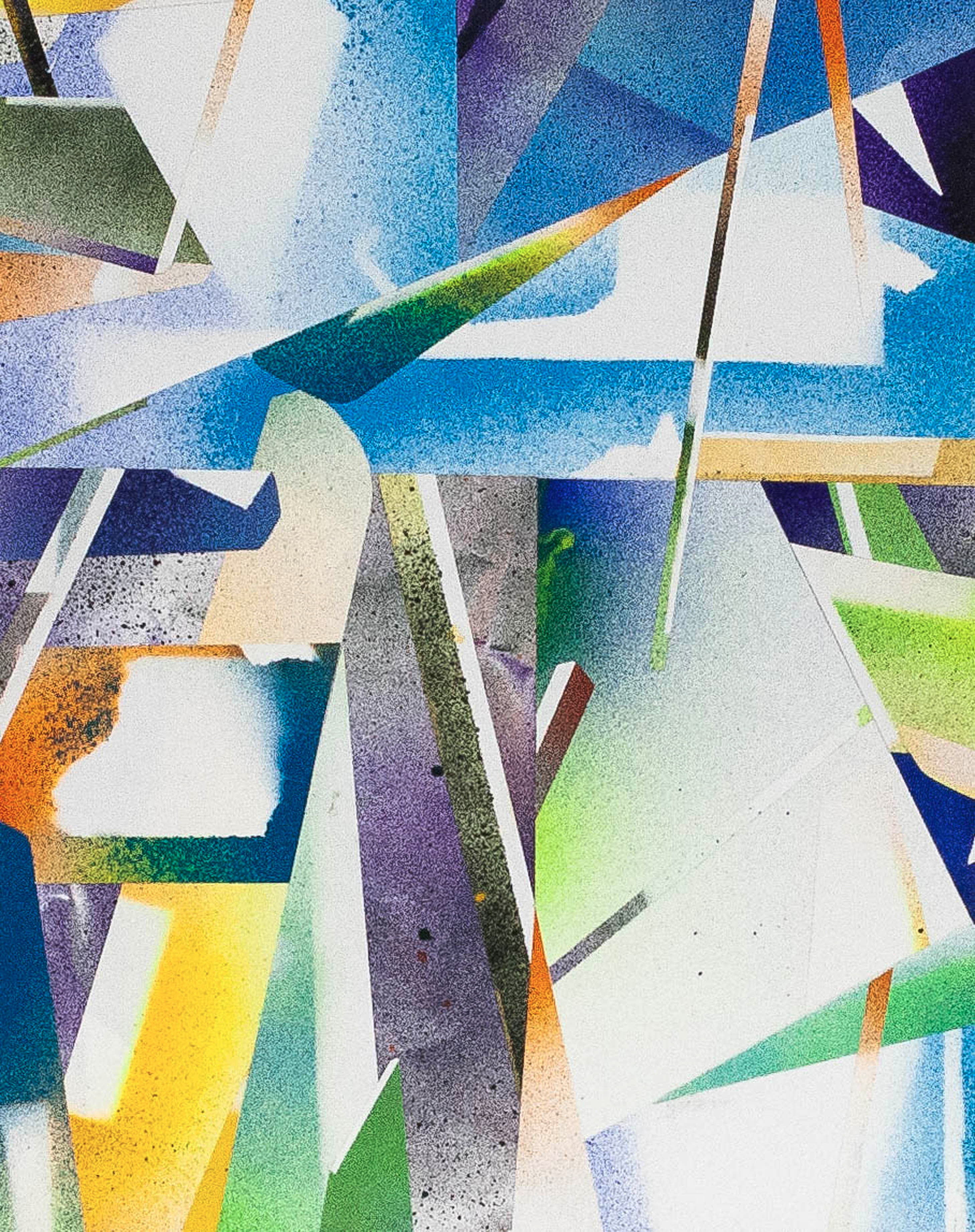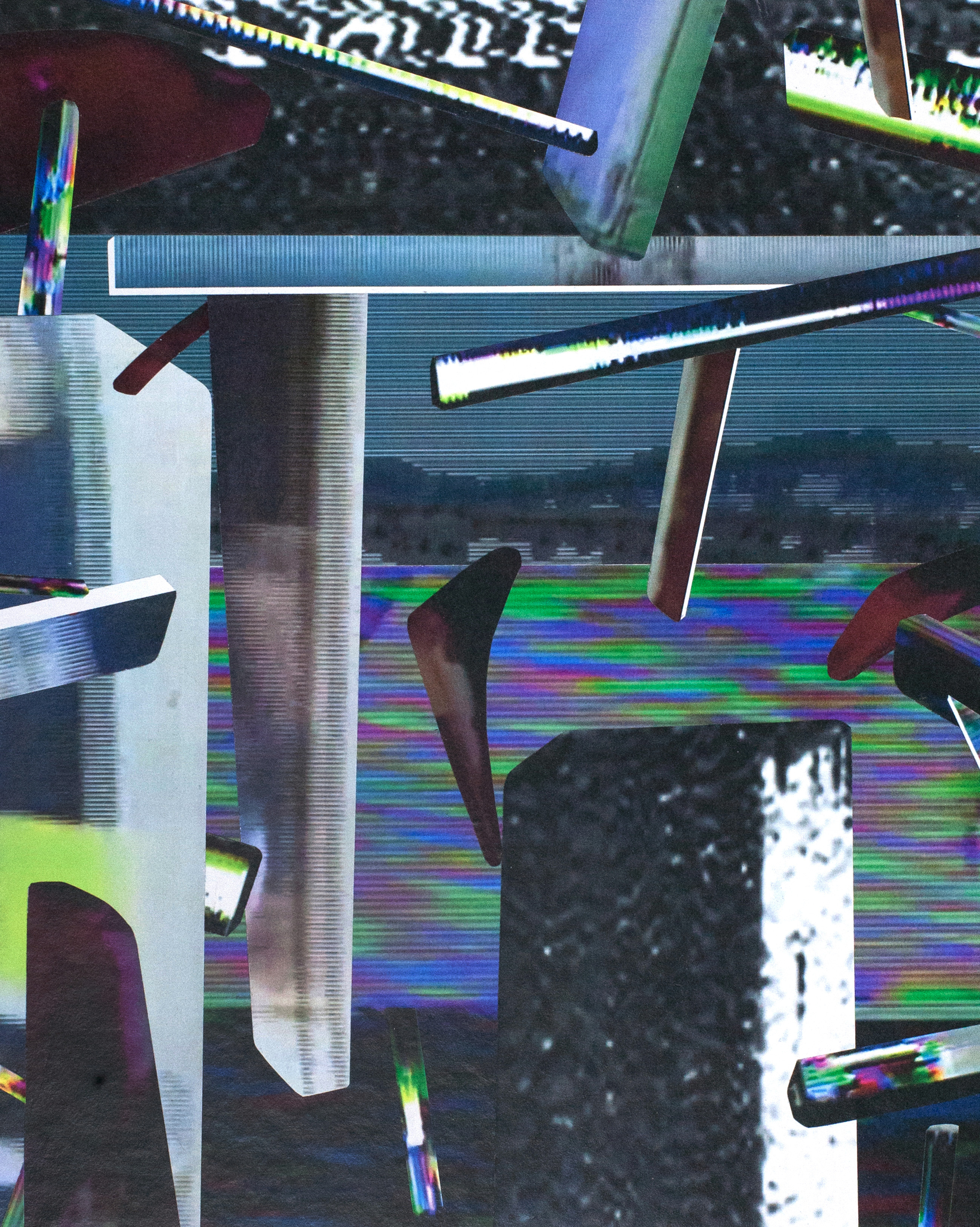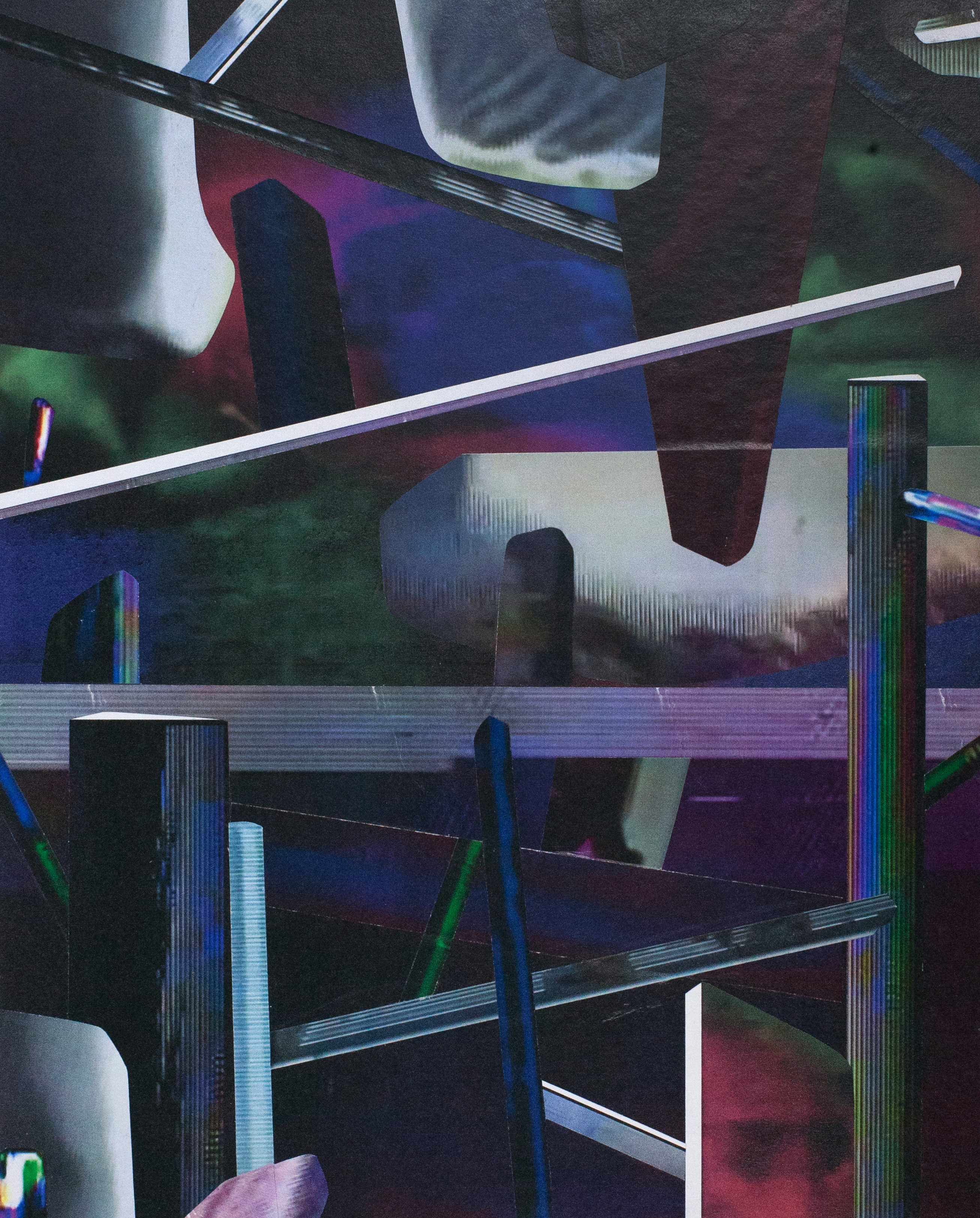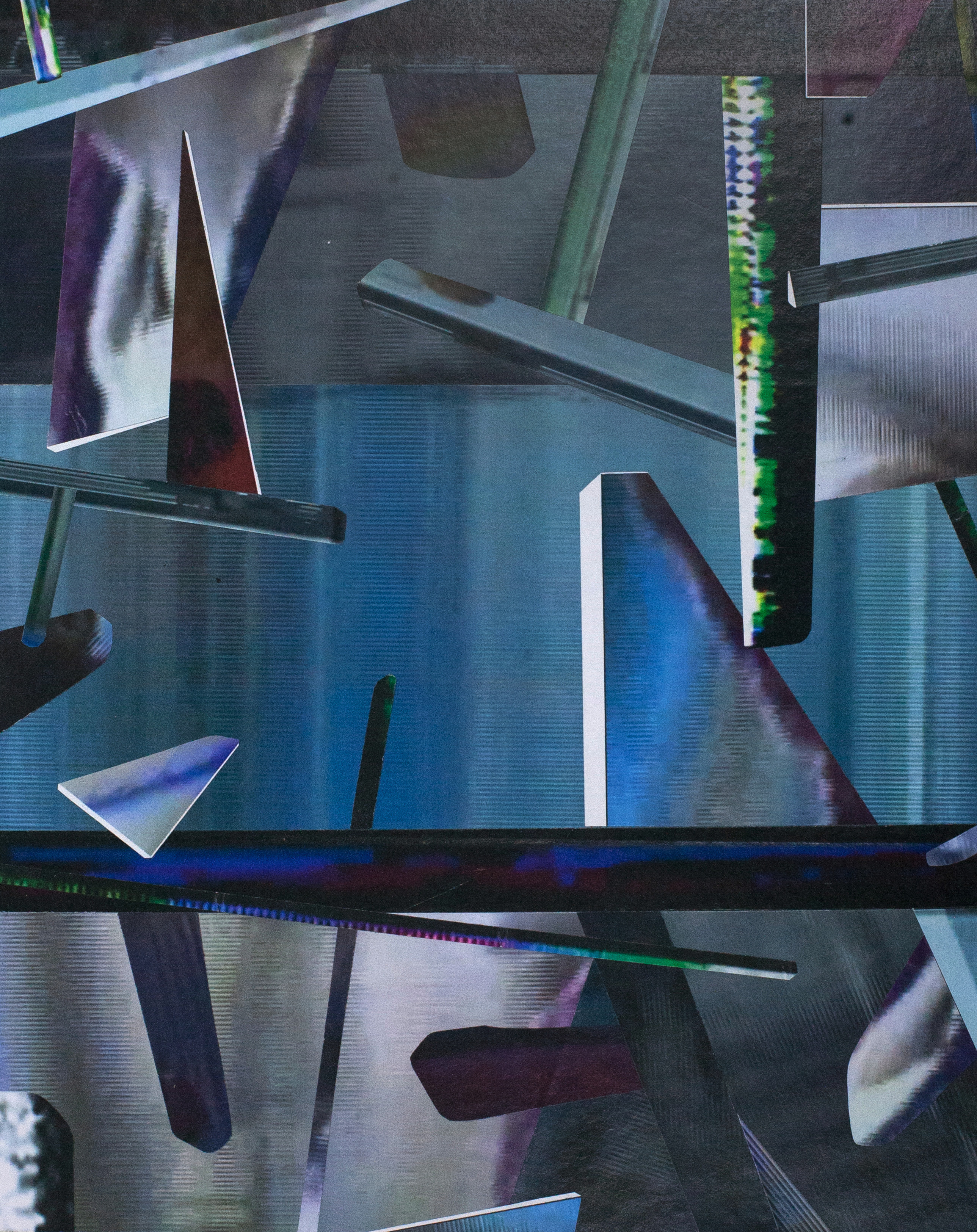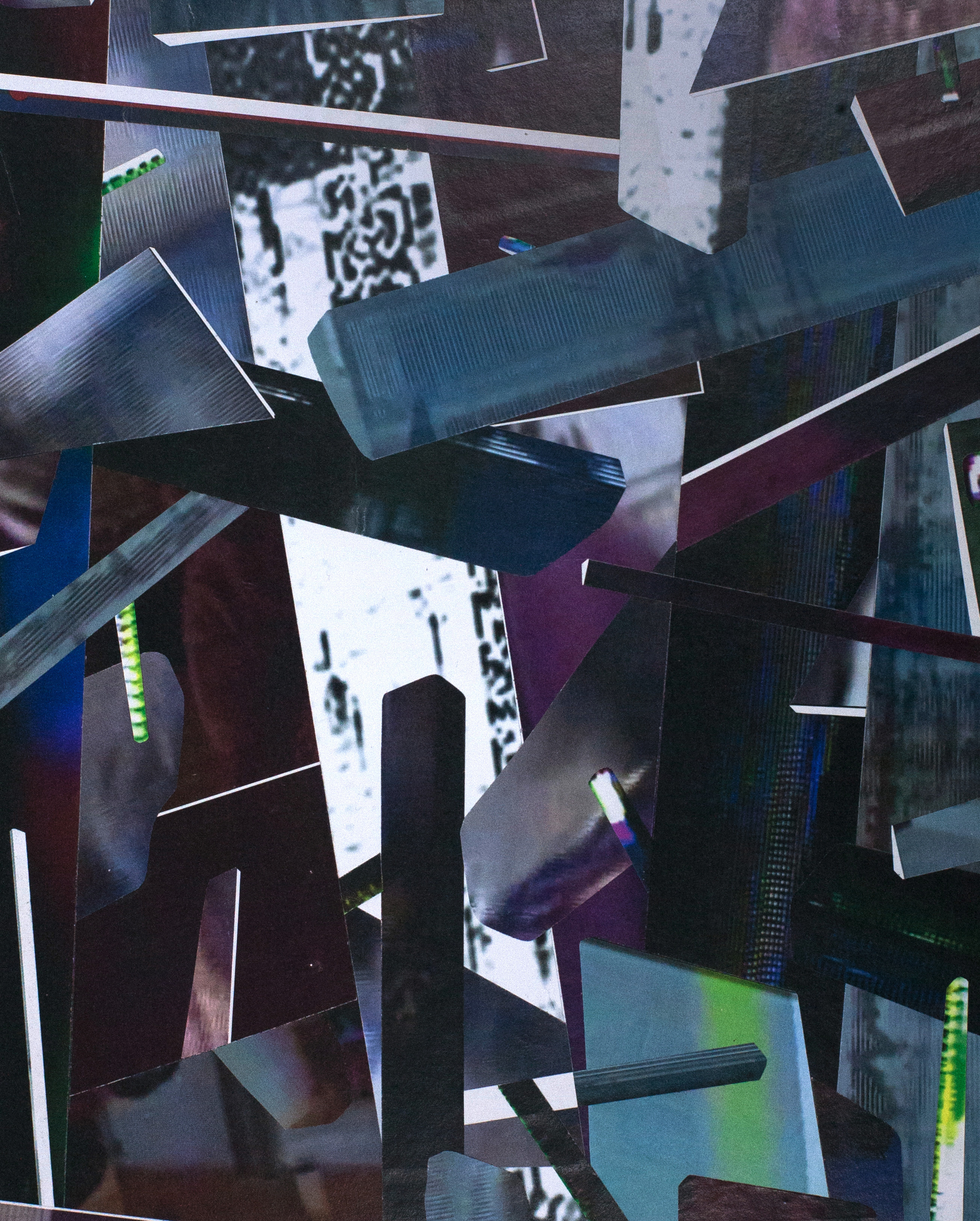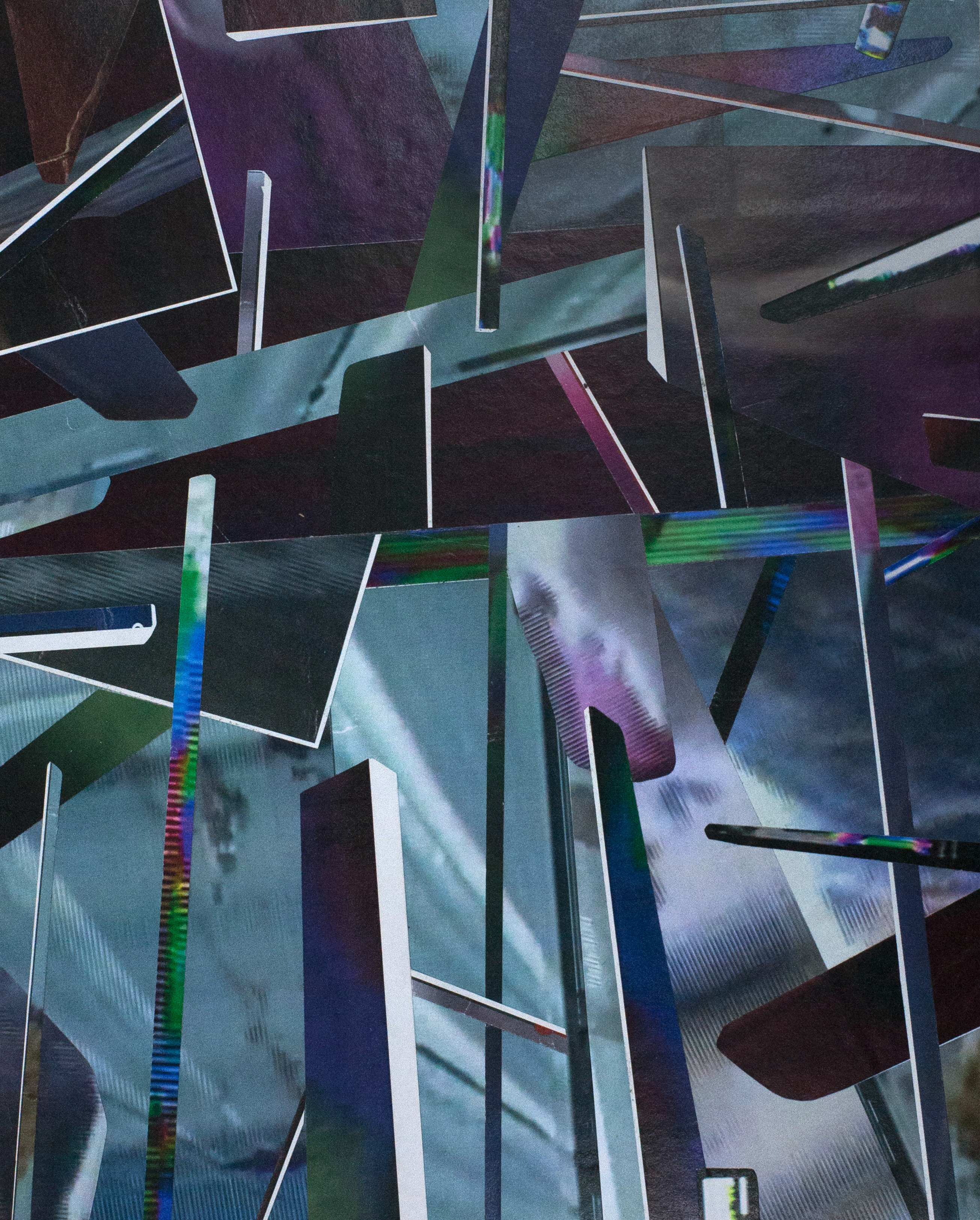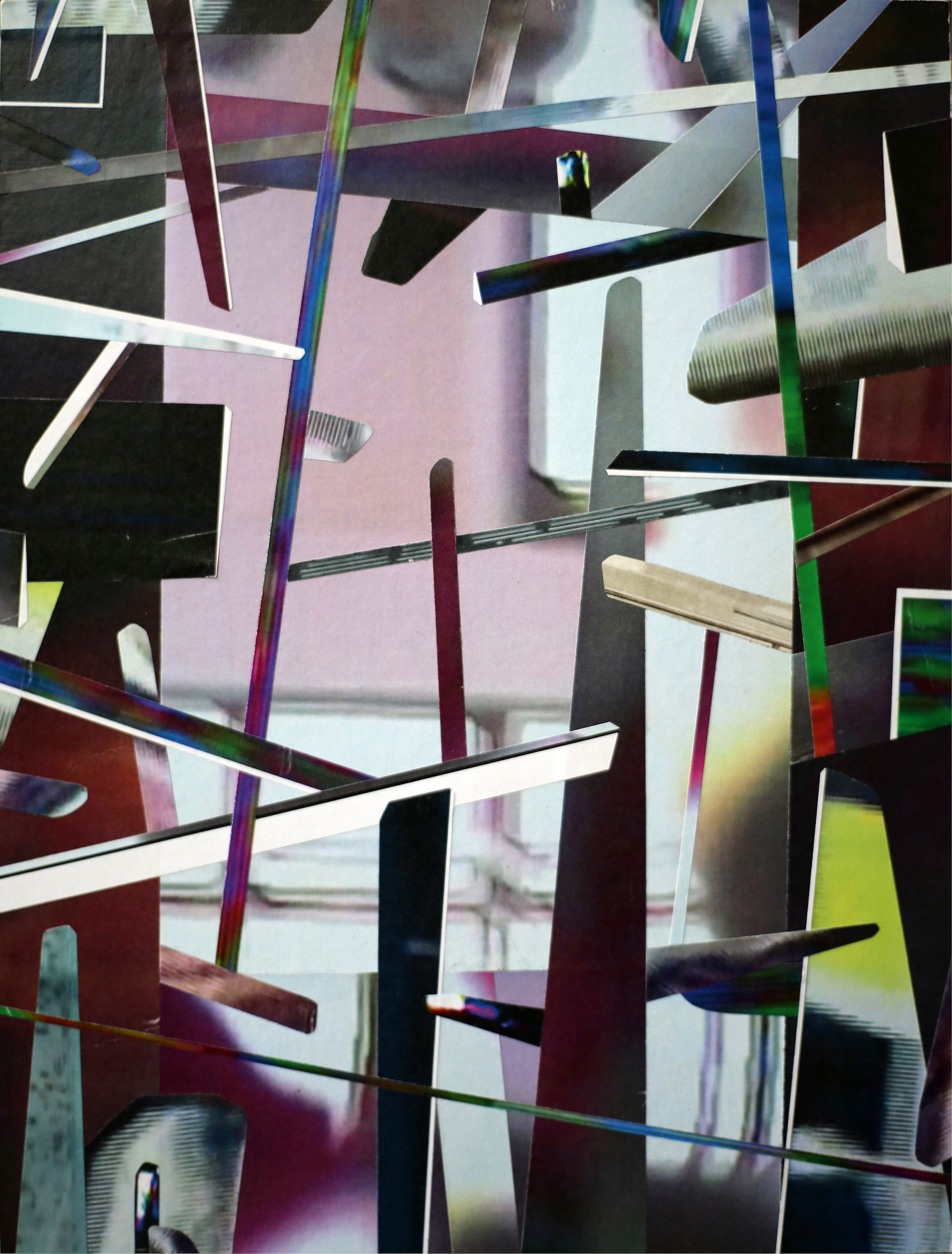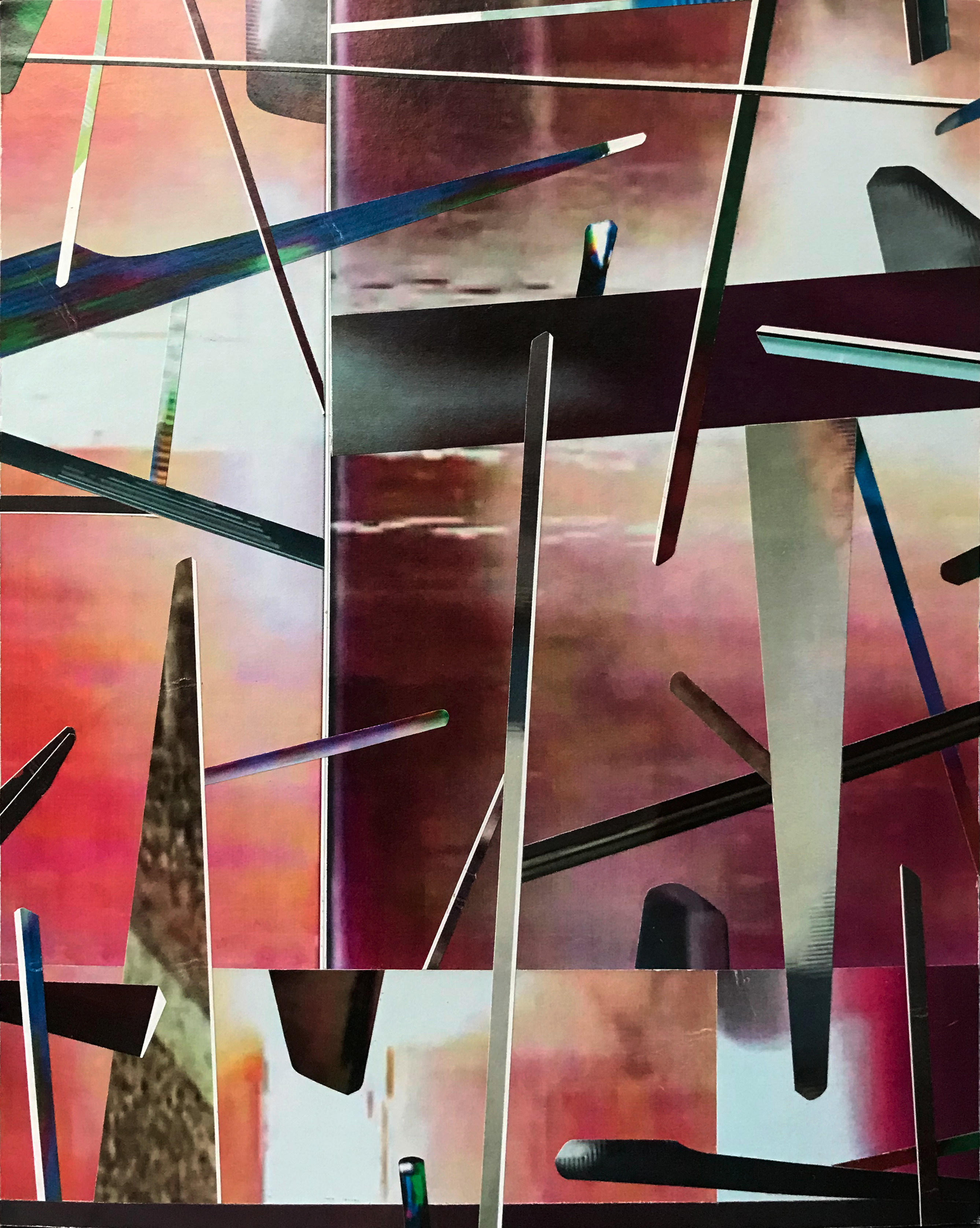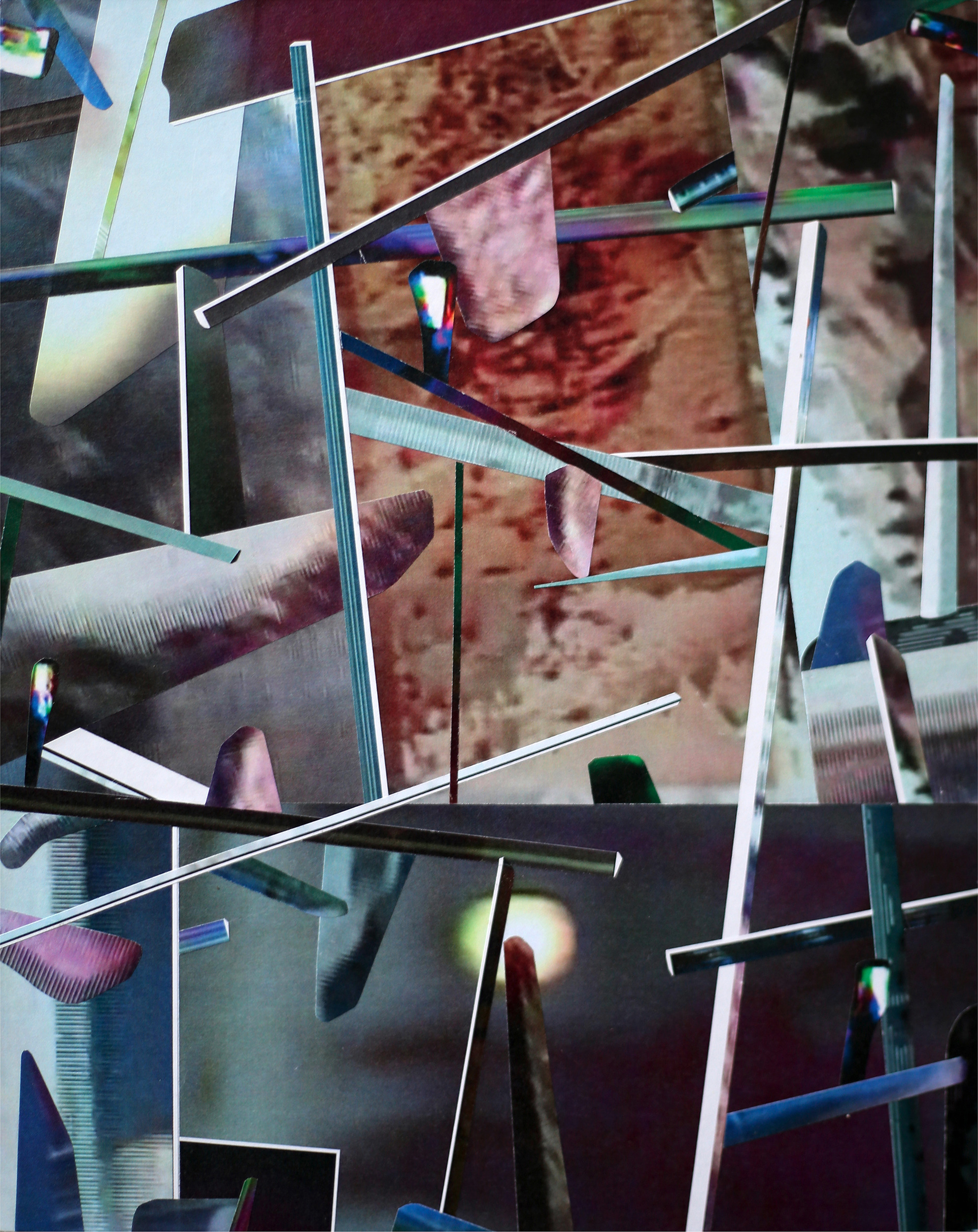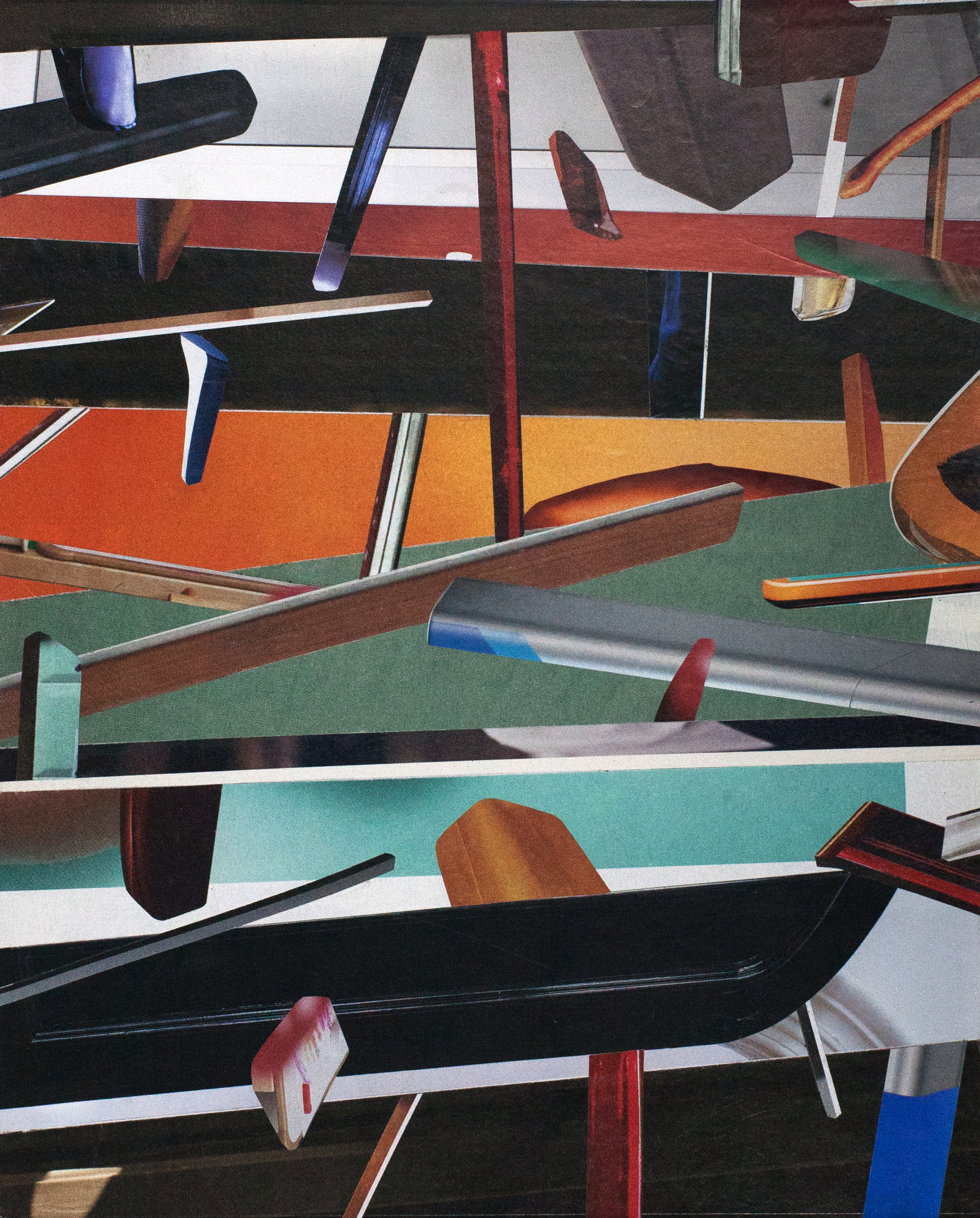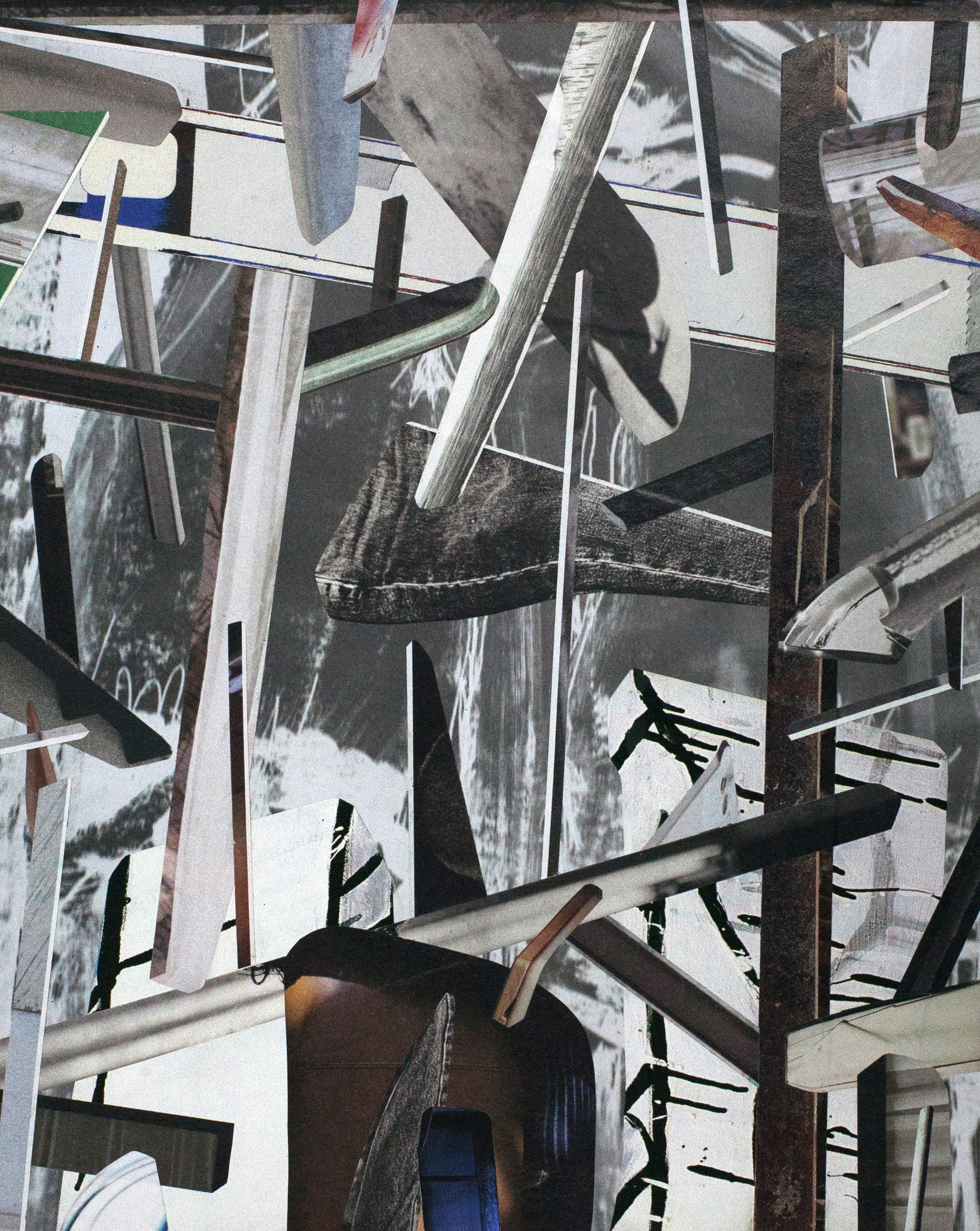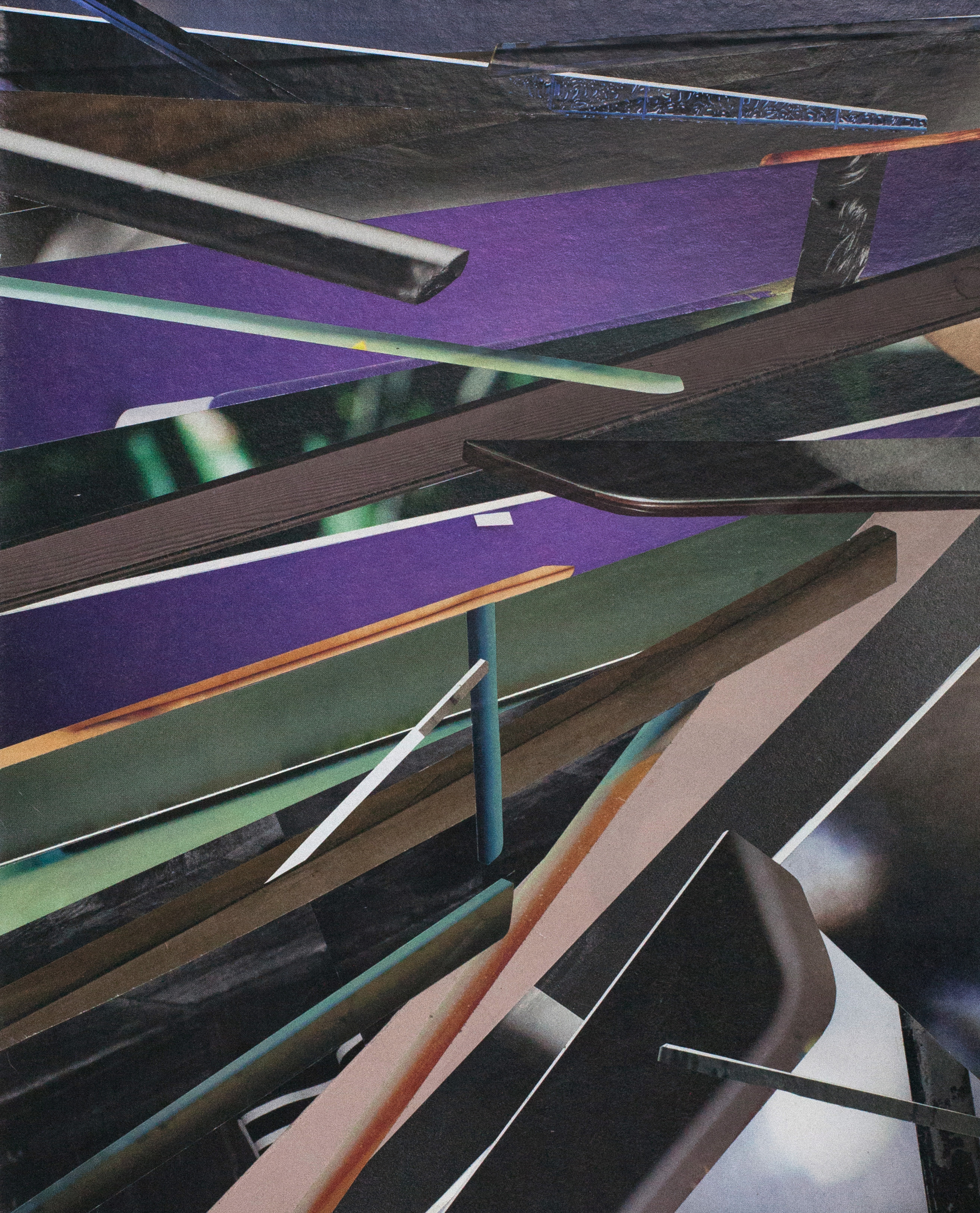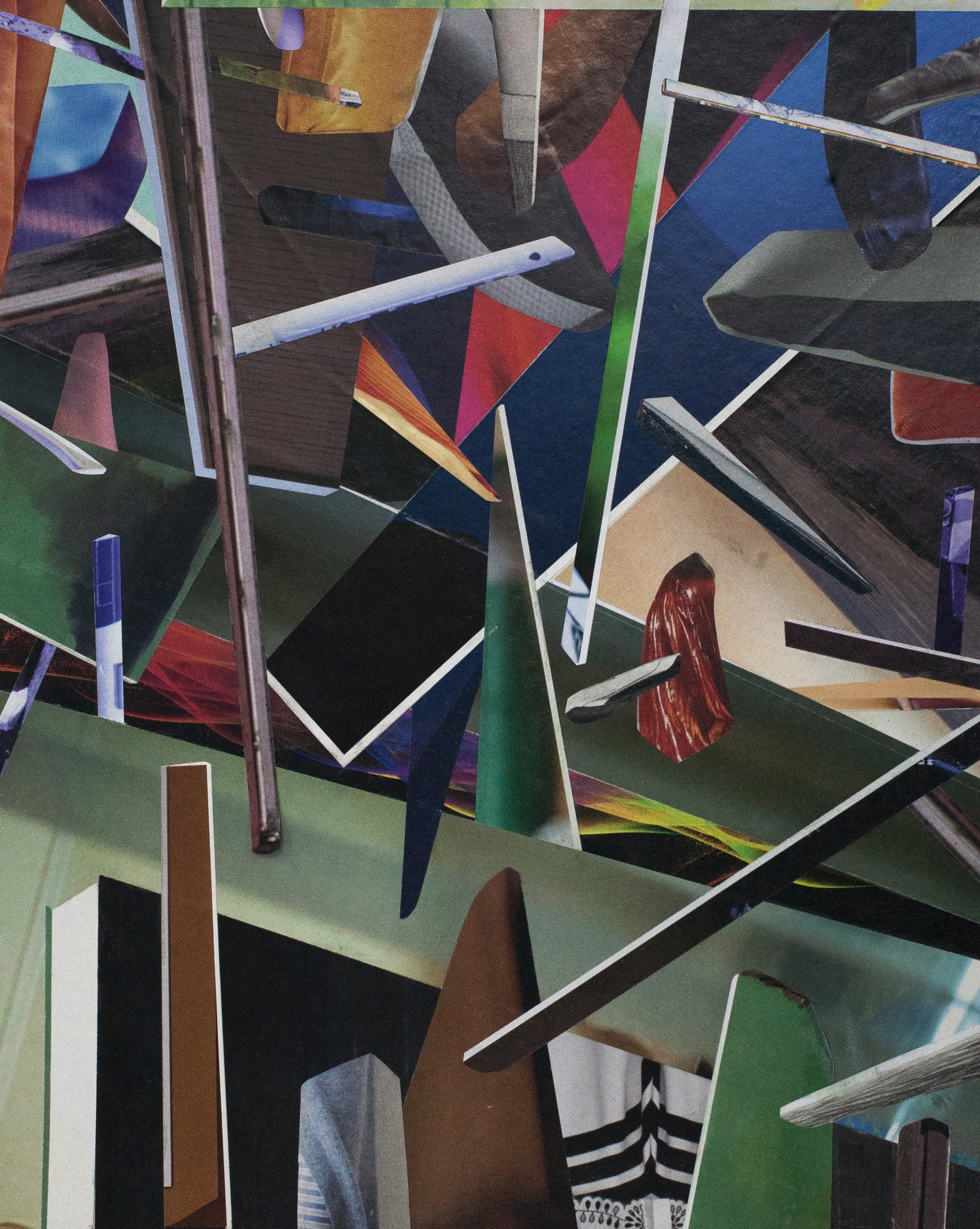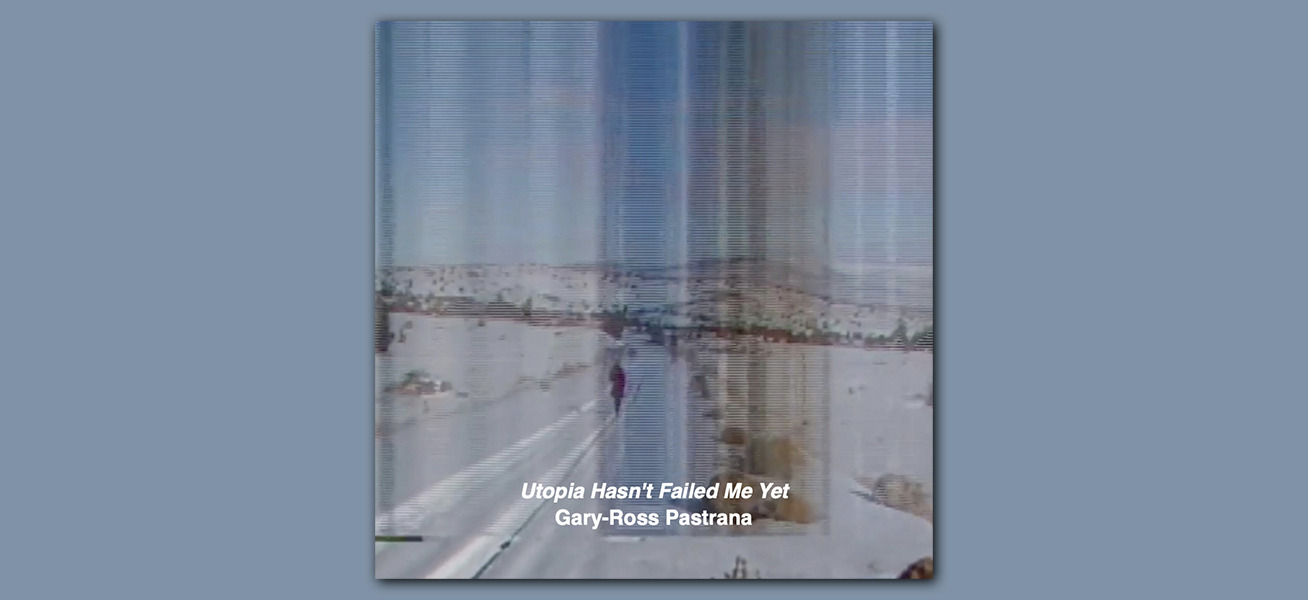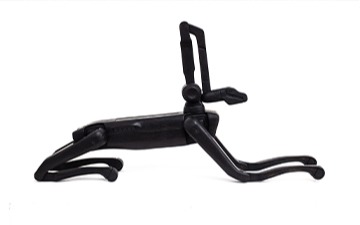
Utopia Hasn't Failed Me Yet
Gary-Ross Pastrana
Silverlens, Manila
Installation Views
About
In celebration of his tenth year with SILVERLENS, artist and curator Gary-Ross Pastrana's 6th solo exhibition with the gallery, Utopia Hasn't Failed Me Yet, opens on 7 July 2018. In this exhibition of new collages, Pastrana's initial plan is to echo aspects of On Kawara's date paintings. He set out to develop his own simplified yet consistent studio practice, manageable to a degree that it can result in a new work everyday and overall projected to be sustainable in the long run (or for as long as he physically can). This on-going collage project set afoot in the late 2017 and is on pace to breach the 200-piece mark will be on display in this exhibition.
Alongside his exhibition in the main space, selected works from Pastrana’s practice (2000 - present) will be exhibited in the gallery's front room.
Since this project began, each new day for Pastrana has come infused with a recurrent task, an unrelenting problem that continuously needs to be solved, re-solved and so forth, with each fresh stab at a resolution distilled within the limits of the same 10x8-inch picture plane, one of the few constant elements in this exercise. Likewise, there’s a noticeable shift each time a set or a series reaches a certain number, which now stands at 40 and has so far been marked by a change in medium; starting out with magazine pages, then experimenting with cutout ink spills and markings, before reverting back to magazines and then later moving on to aerosol paint sprays on paper. In the latest series, from which the show’s title is lifted, the medium shifts again to printed screenshots of various traces of videotape degeneration taken from a documentary about a failed attempt to establish a progressive commune in the arid farmlands of Oregon.
While this current point in the project could later on be seen as part of its early, developmental period —especially considering its life-long envisioned scope— this undertaking has thus far already amounted to an expansive body of work, unwavering in its exploration of abstracted forms, compositional strategies, materiality, and is indeed primed to be put on view, if only for a fleeting glimpse of its still burgeoning generative potential.
Gary-Ross Pastrana’s (b. 1977, Philippines) art has been one of the most persistent in terms of combining concepts with objects. His conceptual pieces, although loaded with poetic intensity, remain unobtrusively subtle and even almost quaint in their appearance. Coiled or folded photographs, his woven tales from found pictures in the internet, the sawed off parts of a boat shipped to another gallery, his shirt tied to a pole to commensurate a flag—these are the slightest of turns Gary-Ross has his objects make to create a new text within. Born in 1977 in Manila, he received his Bachelor’s degree in Painting from the University of the Philippines and was handed with the Dominador Castañeda Award for Best Thesis, and was granted with residency programs in Japan and Bangkok.
Gary-Ross Pastrana received the CCP Thirteen Artists Award in 2006. He has shown at the Singapore Art Museum, Metropolitan Museum of the Philippines, and the Jorge B. Vargas Museum. He was the country’s representative for the New Museum in The Ungovernables: 2012 New Museum Triennial in New York. He was part of the Aichi Triennale in 2010 and the Busan Biennale in 2008. He is one of the co-founders of Future Prospects Art Space in Cubao, Philippines, and has regularly curated for shows both here and abroad.
Utopia Hasn't Failed Mey Yet (Notes on Collage Practice)
1. Origin. I trace back my first real engagement with collage in the summer of 1999, around the same period when I was in the early stages of developing my object/process/concept- based practice. It was clear to me then (as it was with my other peers who were also non-painters), that I had to take on a variety of ‘day jobs’ like stage design work, banner painting, minor graphic design jobs or whatever else is on offer in order to support my practice. When I began working on these projects though, I immediately found my compositional skills, and my use of color, the way I handled forms and the like to be under-developed and lacking. This realization prompted me to look back at my uninspired collage plates and rethink why I never really got interested in making them while in art school. Then, I pushed myself to start making small collages again, primarily as a kind of exercise, a way of enhancing my compositional faculties, to learn more about the use of colors and how to organize elements in a two-dimensional plane, all in effort to be better equipped at performing in my so-called ‘day job’. From this very pragmatic beginning, it has gone on to evolve into a kind of self-generating, lifelong project, something that has stood side by side and has assuredly complemented my object/process-based practice.
2. Practice. Since the beginning, I’ve always used certain parameters, restrictions, constraints as a kind generative and contextualizing tool in my collage work. This current project, wherein a single, 10x8in. work is to be done each day, was initially conceived as a way of developing a daily practice, something that I can sustain indefinitely, with minimal requirements for working space, material, or even time. It was also seen as a possible way of one day migrating or gathering all my collage-based ideas into a single, unified project. In the background, the pioneering conceptual artist On Kawara’s Today series and other projects served as silent inspiration and guide.
3. Guide. The reference to On Kawara, upon closer look, perhaps leans more on the physical, operational aspect of creating a body of work, on how small yet consistent gestures can later possibly amount to something that approaches monumentality. And while his practice has been one of the highest exemplars of conceptual art, I also trace a slight performative aspect in it, especially in the way that the repetitive tasks become a kind of routine, something that his body must enact each day, like making a painting, sending a postcard or a telegram, in spite of varying circumstances. And while for him, the recurring subject matter and task are somehow already predetermined by what day it is or the time that he woke up, in my case, each new work functions more like a daily puzzle that I constantly need to solve.
4. Puzzle. I approach each new work as one would, answering the crossword or soduku puzzles that come in daily with the morning paper. Each day/work presents a new set of problems, albeit recurring and familiar, that I need to work out and continuously find a solution to. The main difference here is that I myself created the problem and the solution is always unspecified; In fact, I remain the only arbiter who decides whether I’ve already gotten it right or not. While it could get challenging at times, the sustained, daily aspect of this practice somehow generates its own momentum that then nudges and propels the series forward.
5. Seriality. A part of me imagines that each collage I produce is also a fragment, a segment in a series that builds up into a larger narrative, in the way that films are essentially made up of individual frames viewed in a certain speed and sequence. As currently conceived, the ongoing project is organized into sections or groupings of 40 works which are then defined primarily by the material utilized in each set.
6. Material. always try to maximize the interplay between the found the accidental. Magazine pages offer an immediate source of surface information that I can cut and shape into the various elements that end up populating my 10x8in working area. Other materials, like the ink and aerosol spray paint on paper, are materials that I had to prepare beforehand and that I later needed to sift through for incidental markings, some interesting overlaying of colors or textures, which I then extracted and reconfigured into new compositions. The ink, at times, was mixed with water and sprayed randomly onto the paper. Other times it was spilled directly from the bottle or spread with large brushes. Friends and studio visitors were also invited to apply the ink to the paper however they wanted. Rather than paintings, I see them more as ink-marks or impressions made on paper. The aerosol paint was also employed in this ‘automatic writing’ kind of manner. Sometimes the paper used was crumpled, folded or peppered randomly with masking tape before being sprayed on, to achieve variances. The current set utilizes printed screengrabs of videotape noises, various static, broken and deteriorated images from the documentary Wild, Wild, Country. Initially I was amazed by how much recorded material they were able to gather from when this ultimately failed utopian project was first being dreamed of and later implemented in the early 80’s. Then I began noticing the glitches, the broken images and missing details in the recordings. Somehow, I thought this could be an interesting metaphor and visually, they were also quite painterly and graphic and likewise came into existence in an accidental manner. I like how these things are now being used to build new compositions, perhaps new models for dreamed up cities and other lofty ideas.
7. Building. For some reason, I’ve always related more to the idea of building, that a collage is a kind of picture or model that I build, closer to an object that I craft by hand rather than a picture that one draws or paints. I cut out each element and see it more than just a shape or a silhouette; each one is an individual object, something with dimensionality, depth and weight, something that responds light, force and gravity. At certain groupings, they may resemble anything from monolithic structures to visions of futuristic or premodern cities, other times they seem to depict floating bodies that are either drifting or falling, converging or caught in mid-explosion. This visual language has slowly and steadily evolved through the years, seemingly at its own autonomous direction and pace. I may have identified the materials and cut out all the forms, but rearrangement of elements seemingly follow an imbedded logic that stays true to the narrative and persists till the end.
8. End. I’ve seriously contemplated abandoning my collage work, quite a handful of times already in the past. Like I said, I began this as a private exercise that I never really intended for other people to see. It was by chance, 4 years after I started, that someone heard of what I was doing and encouraged me to show what I’ve made so far. Around that time, I felt a disconnect between the collage that I was doing for myself and my object-based works, which I saw as my real work. It was only when I started looking at it in terms of process that I began to see a link, a glimmer of commonality that I’ve now slowly nursed to health. The current project is a further attempt at distilling and trimming away factors that I now see as irrelevant and extraneous in the way that I approach collage. Looking ahead, I sincerely hope that this daily practice is something that I can sustain for the long term, indeed up to the last day that I still physically, and perhaps mentally, can.
by Gary-Ross Pastrana
Works
